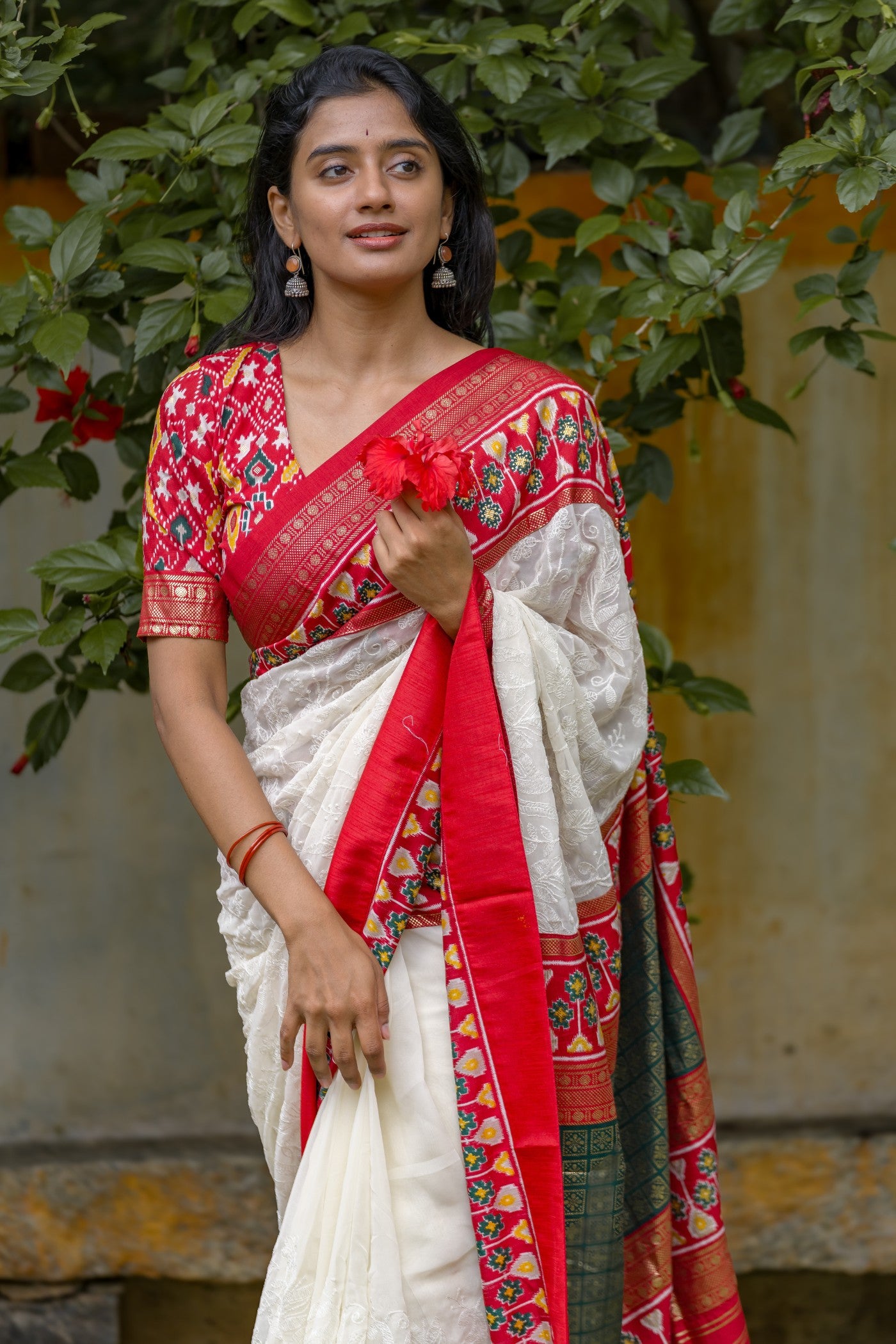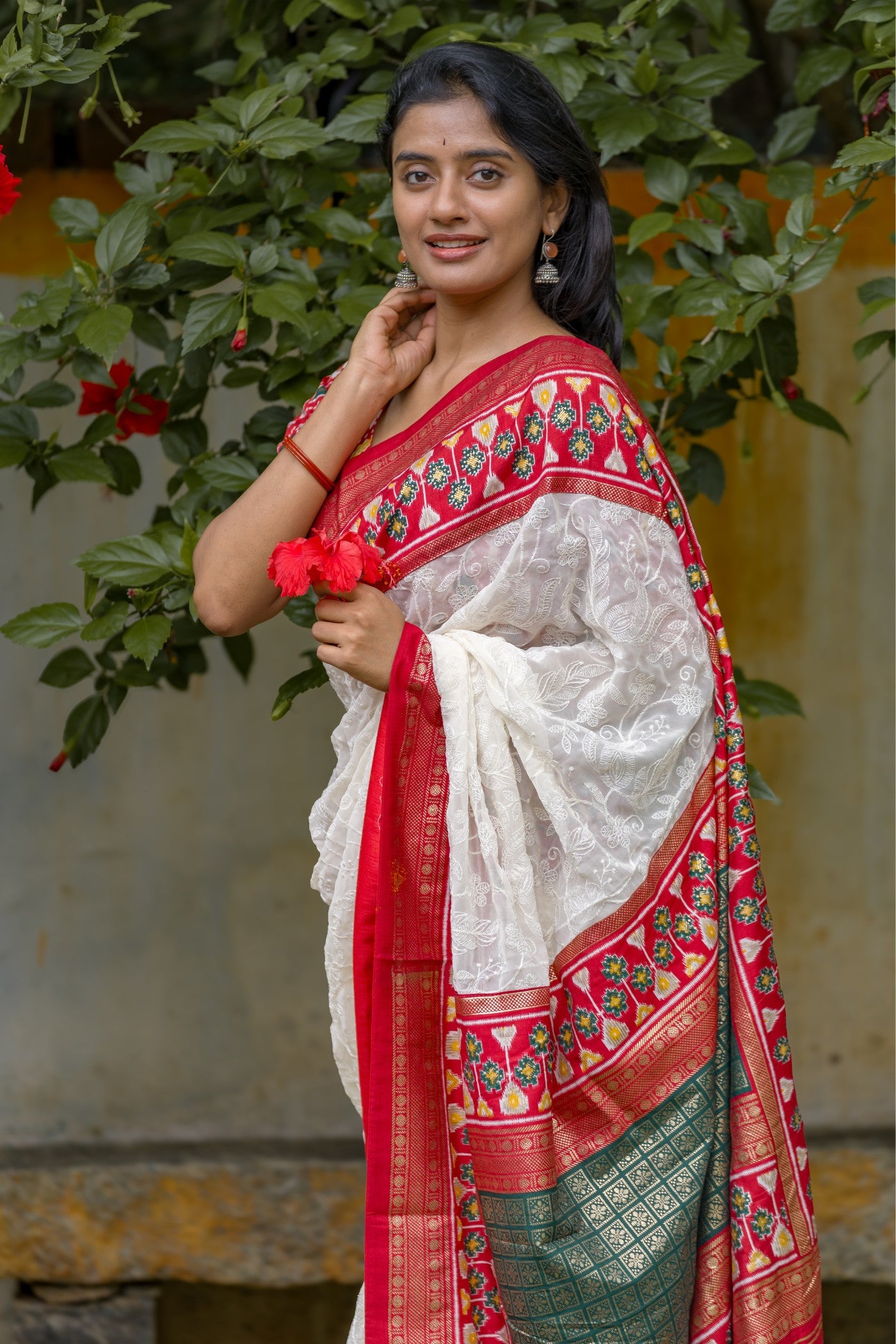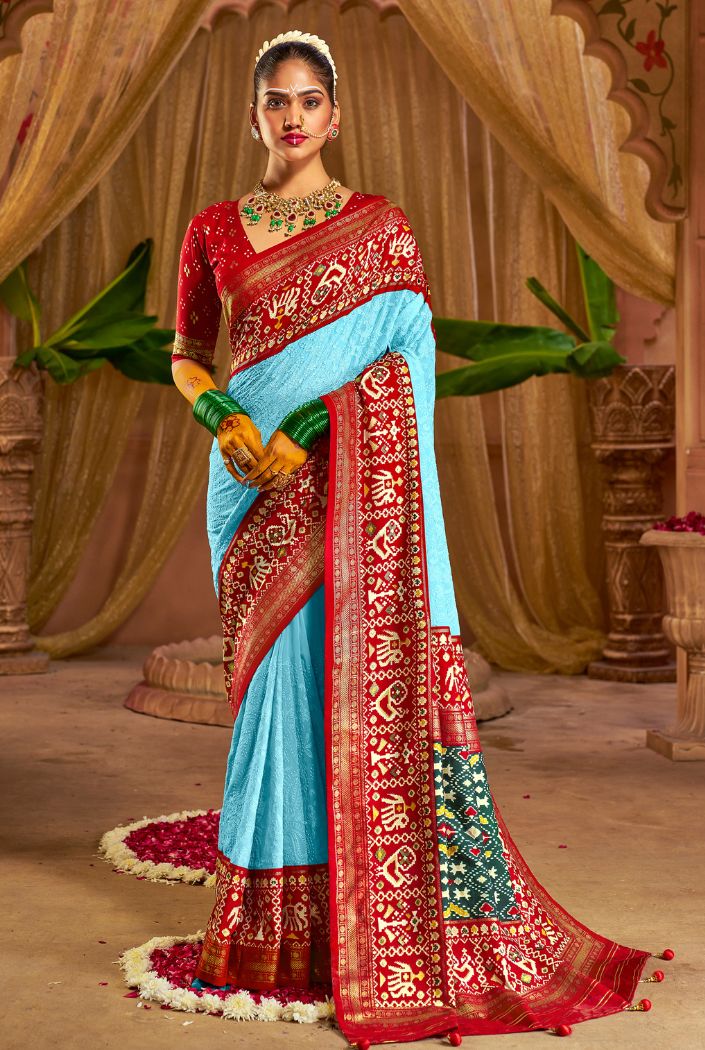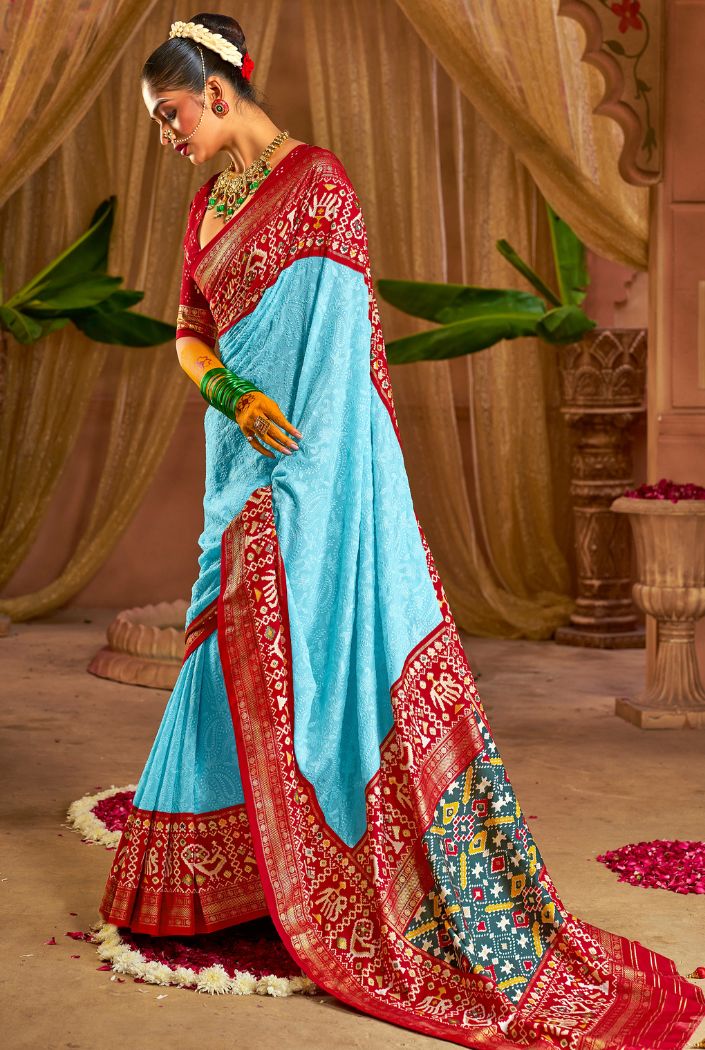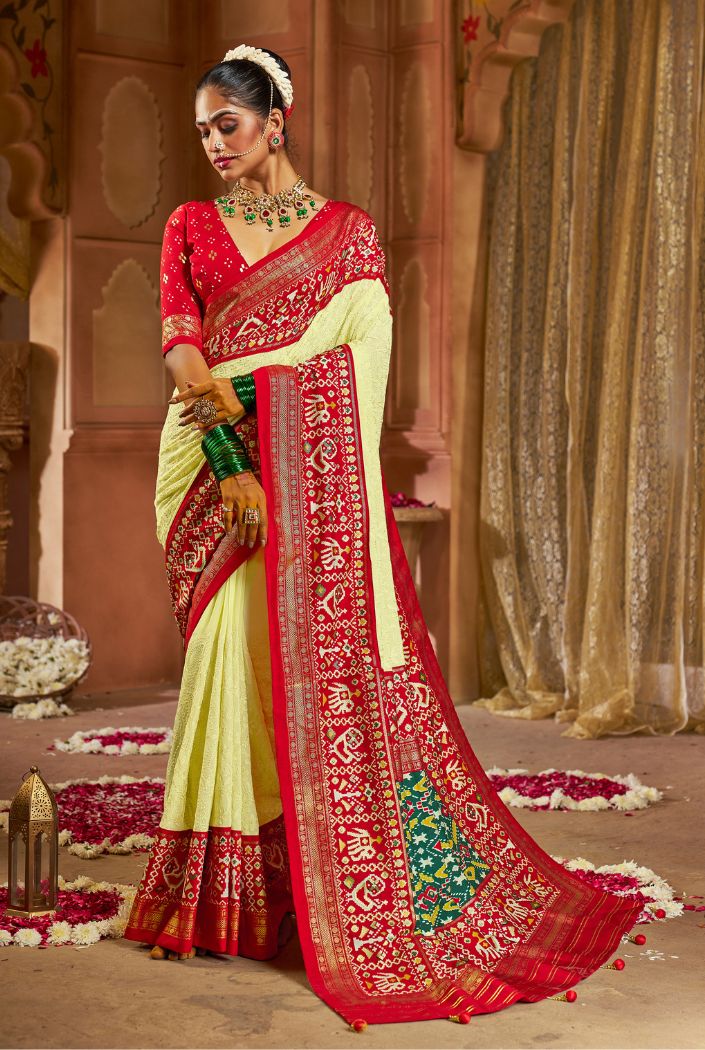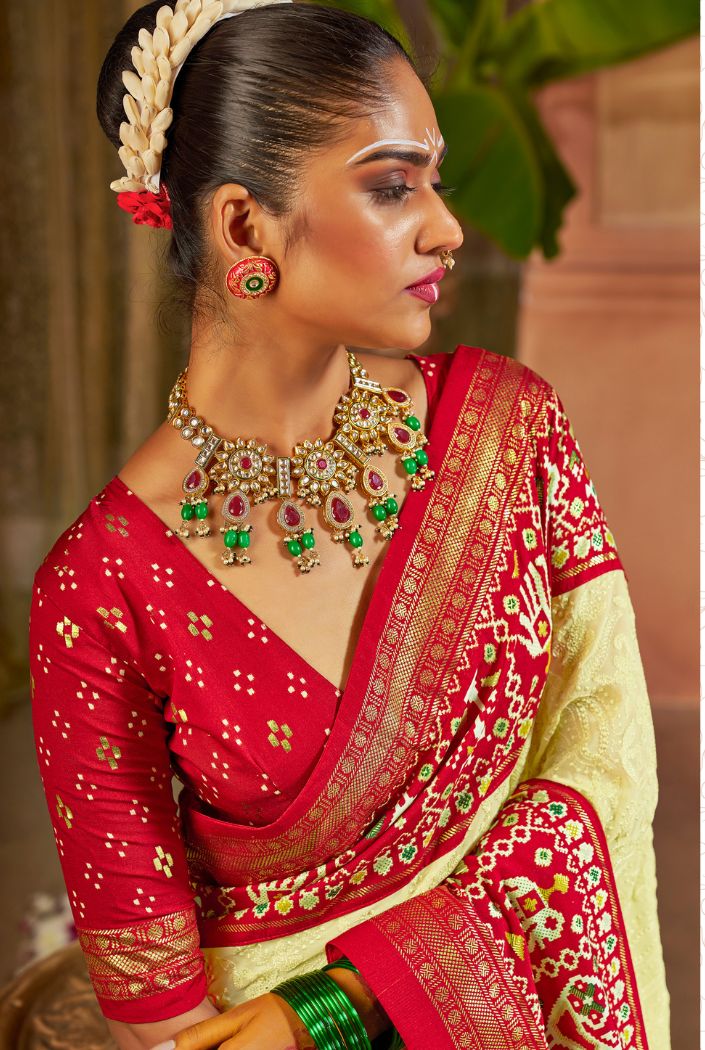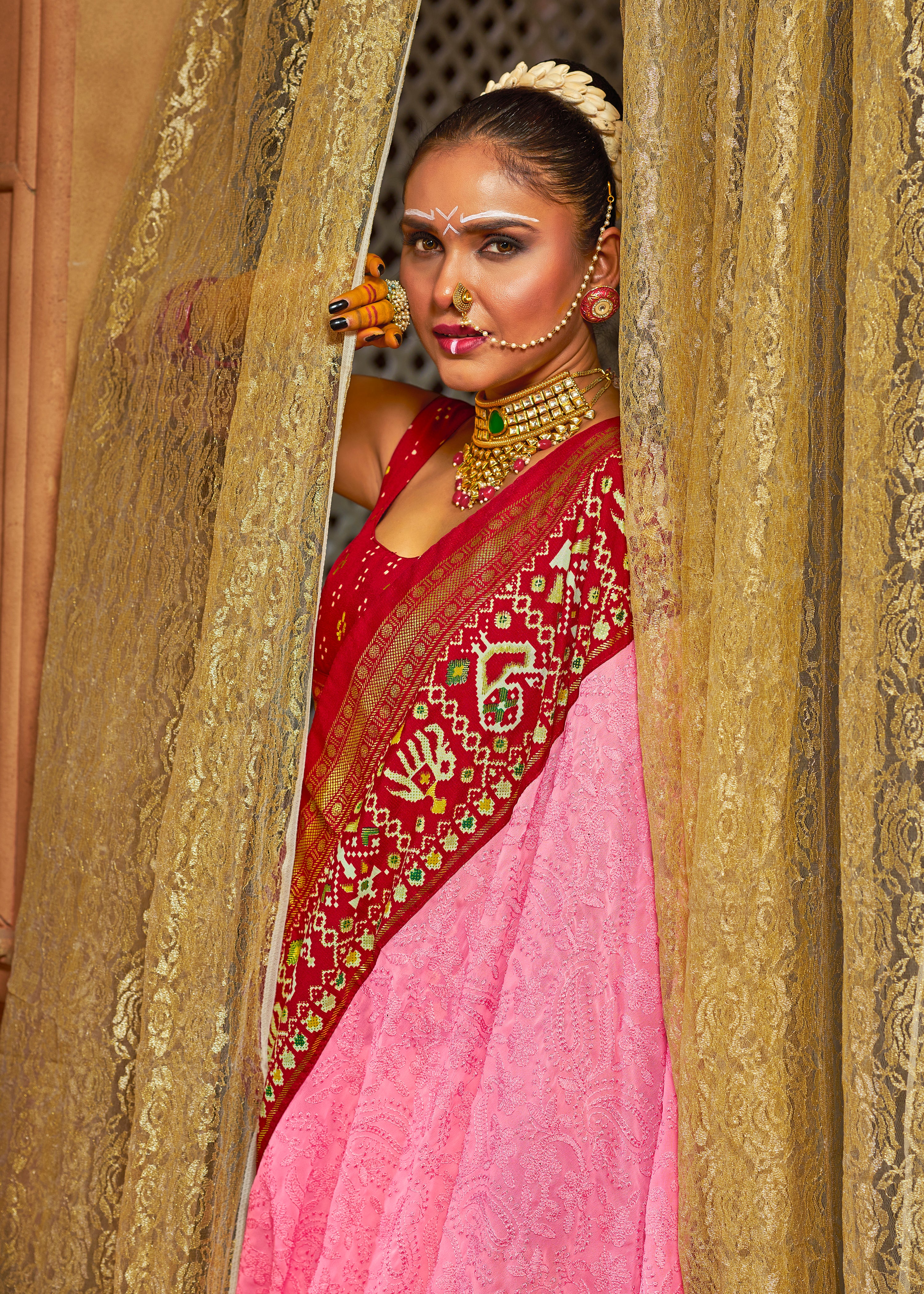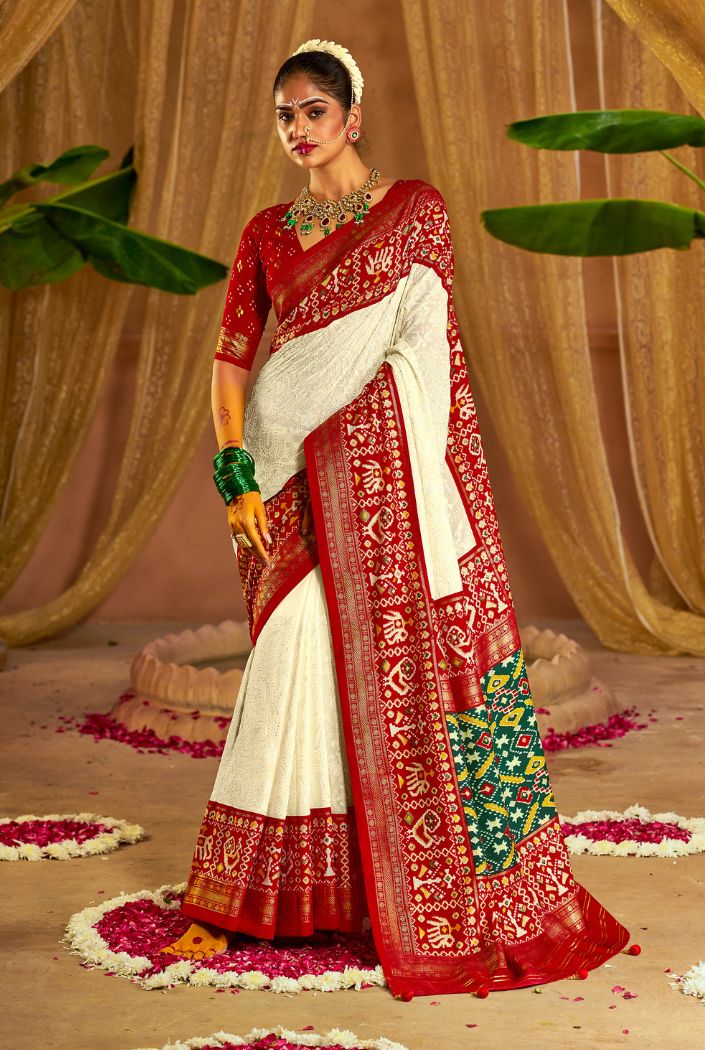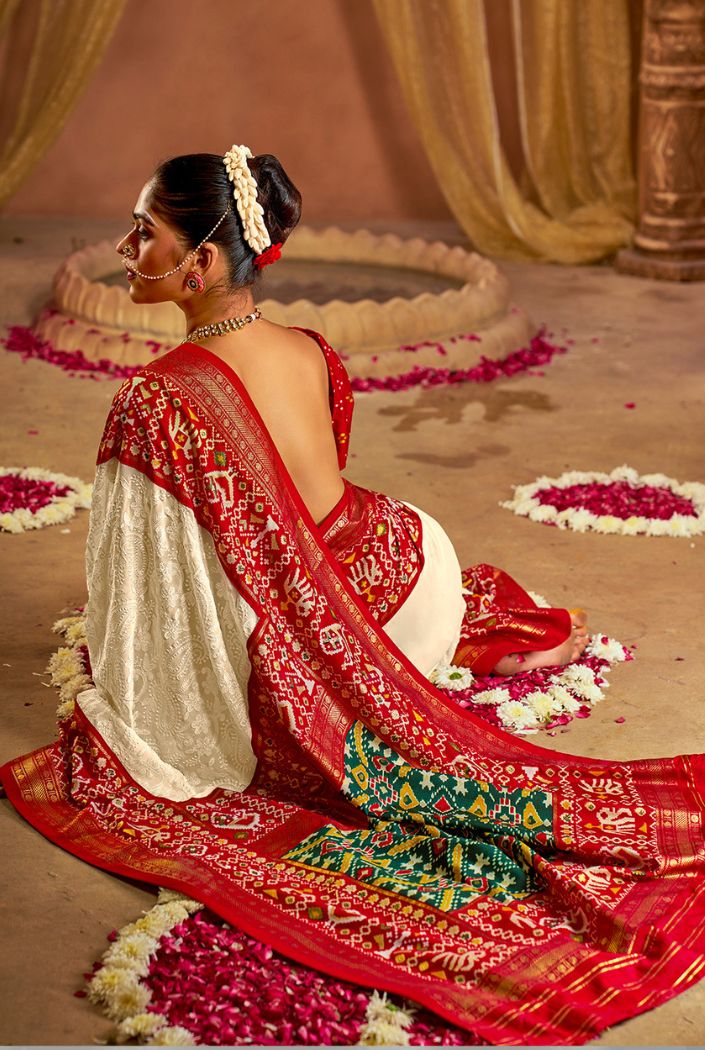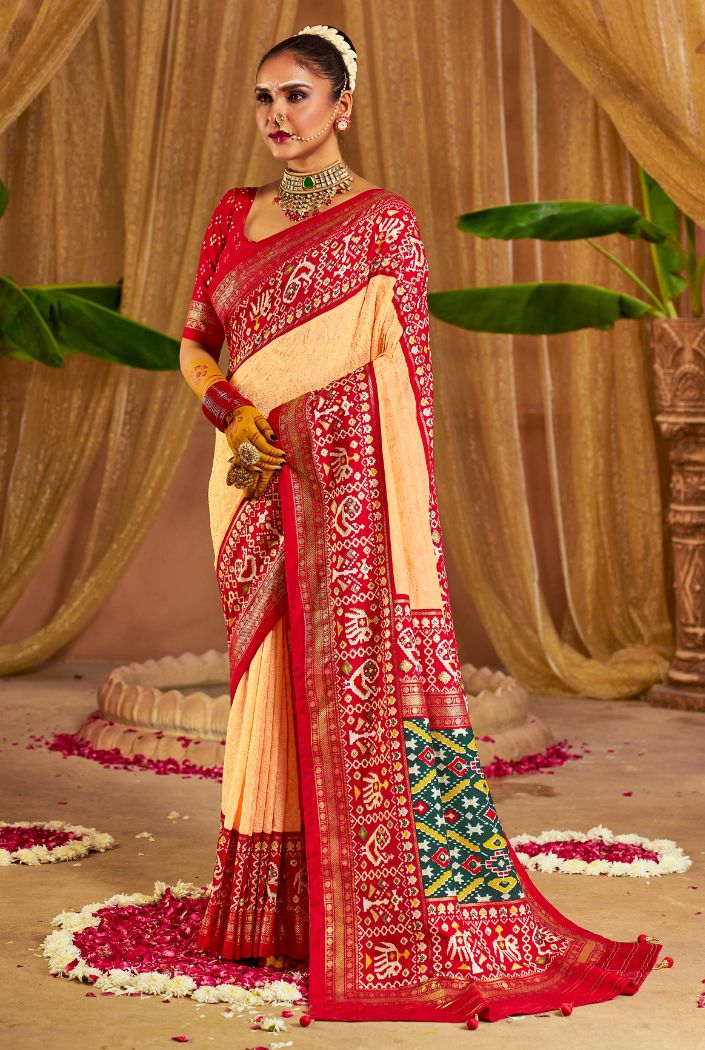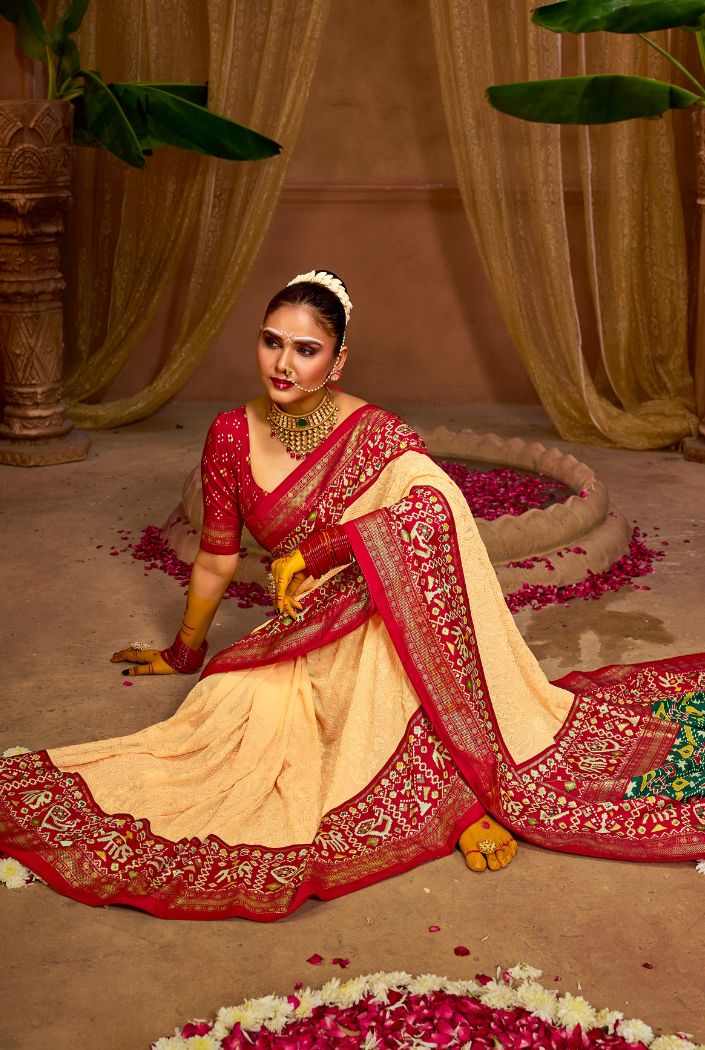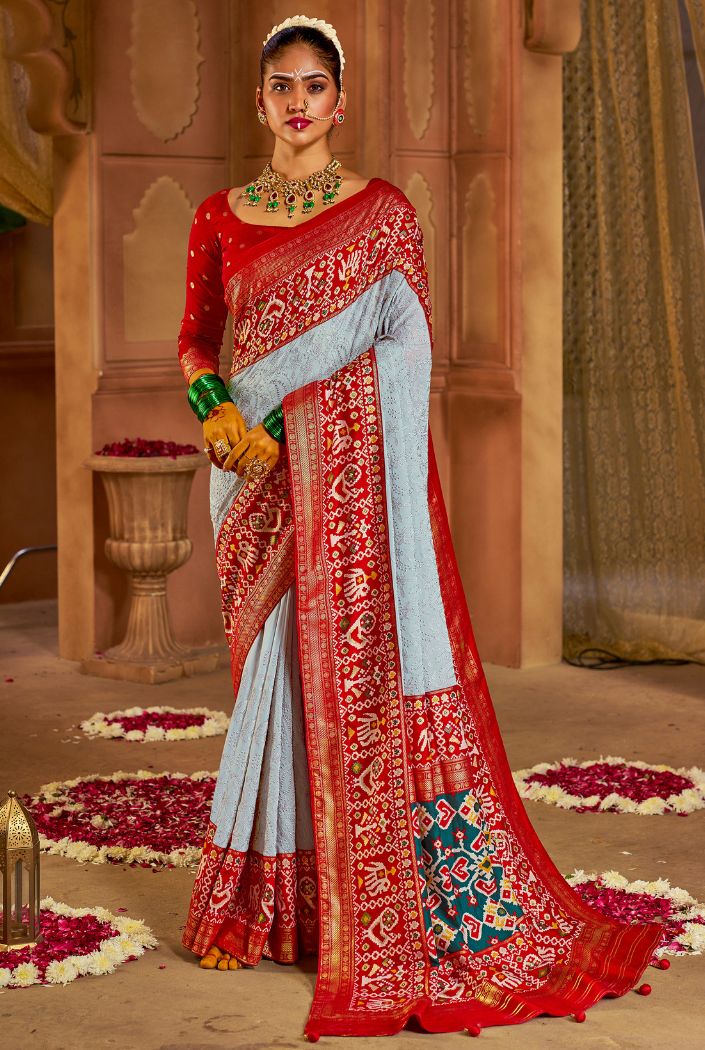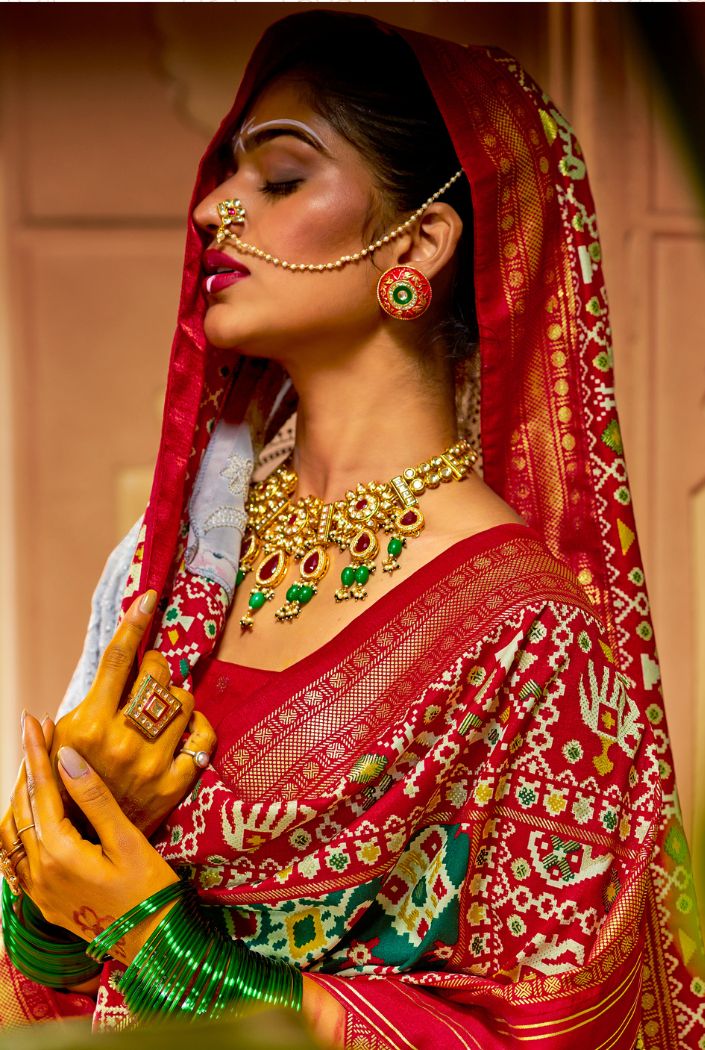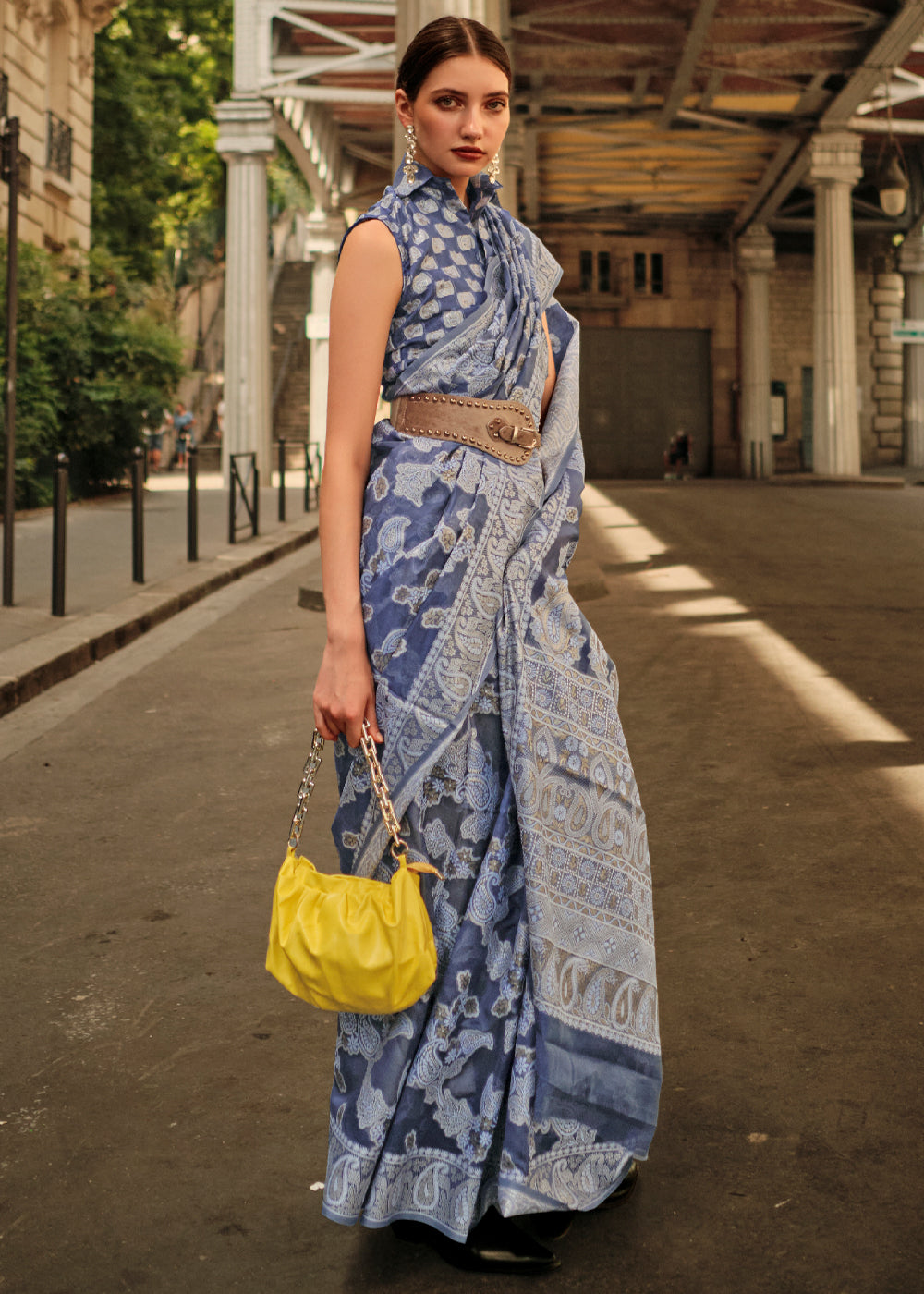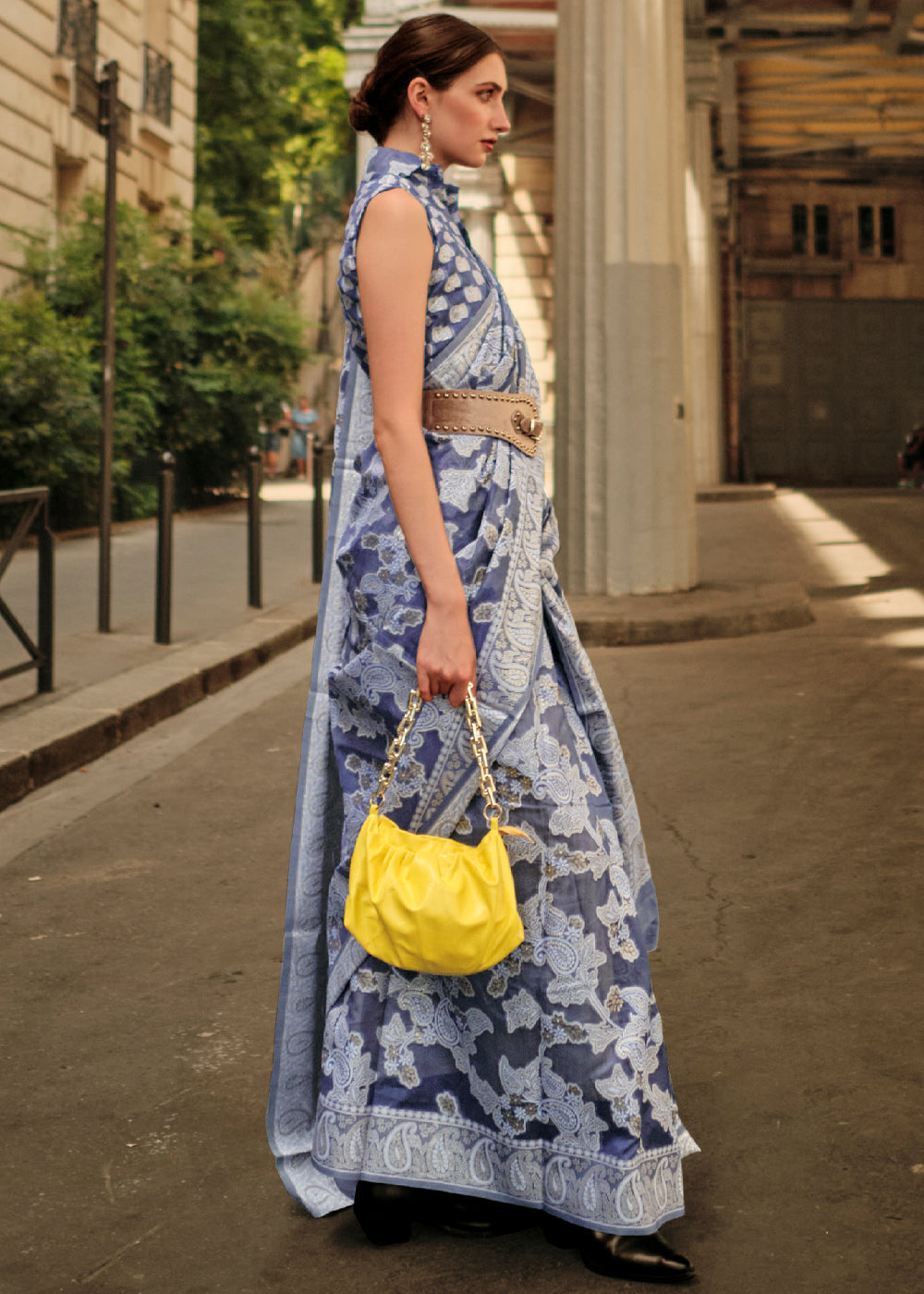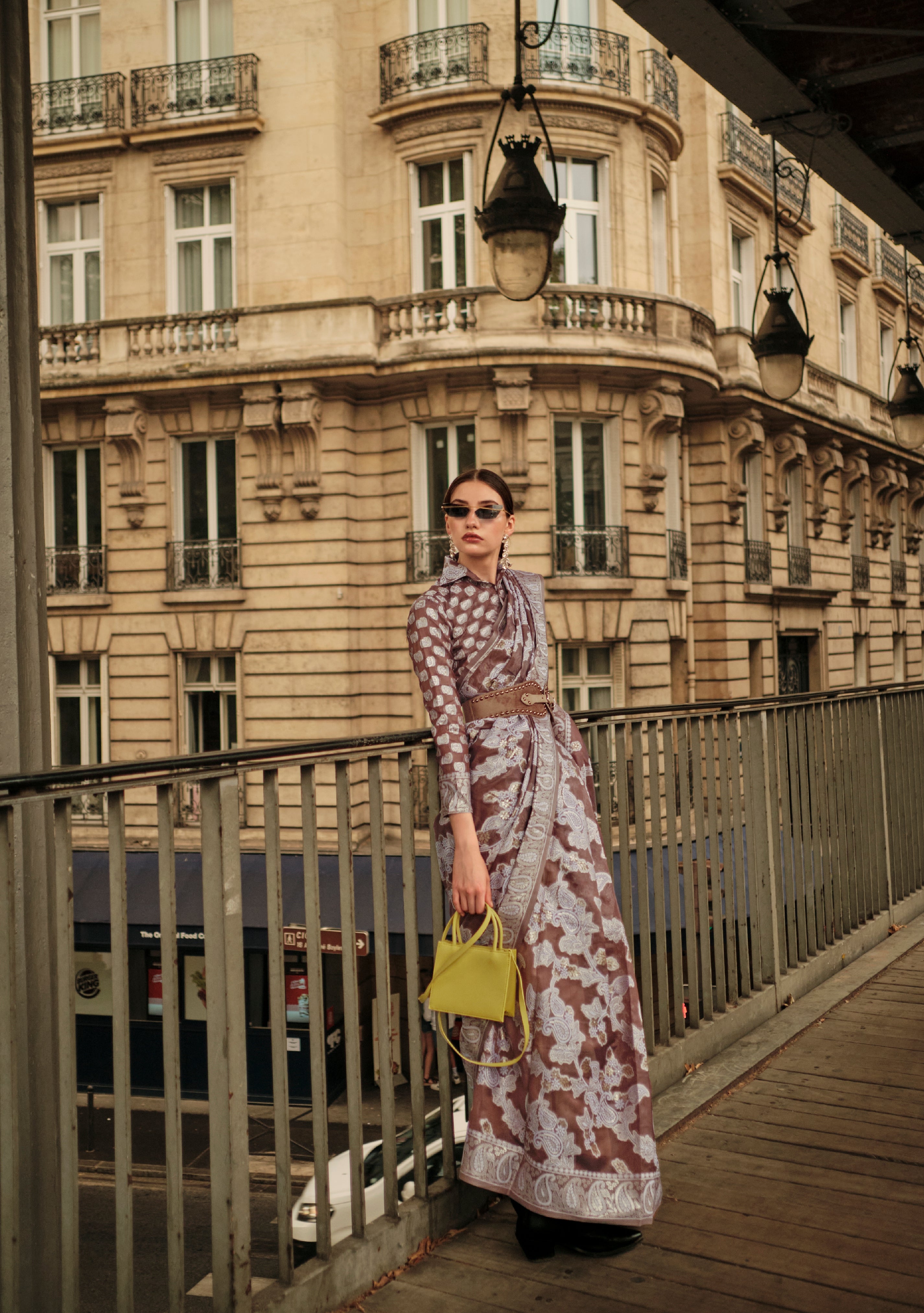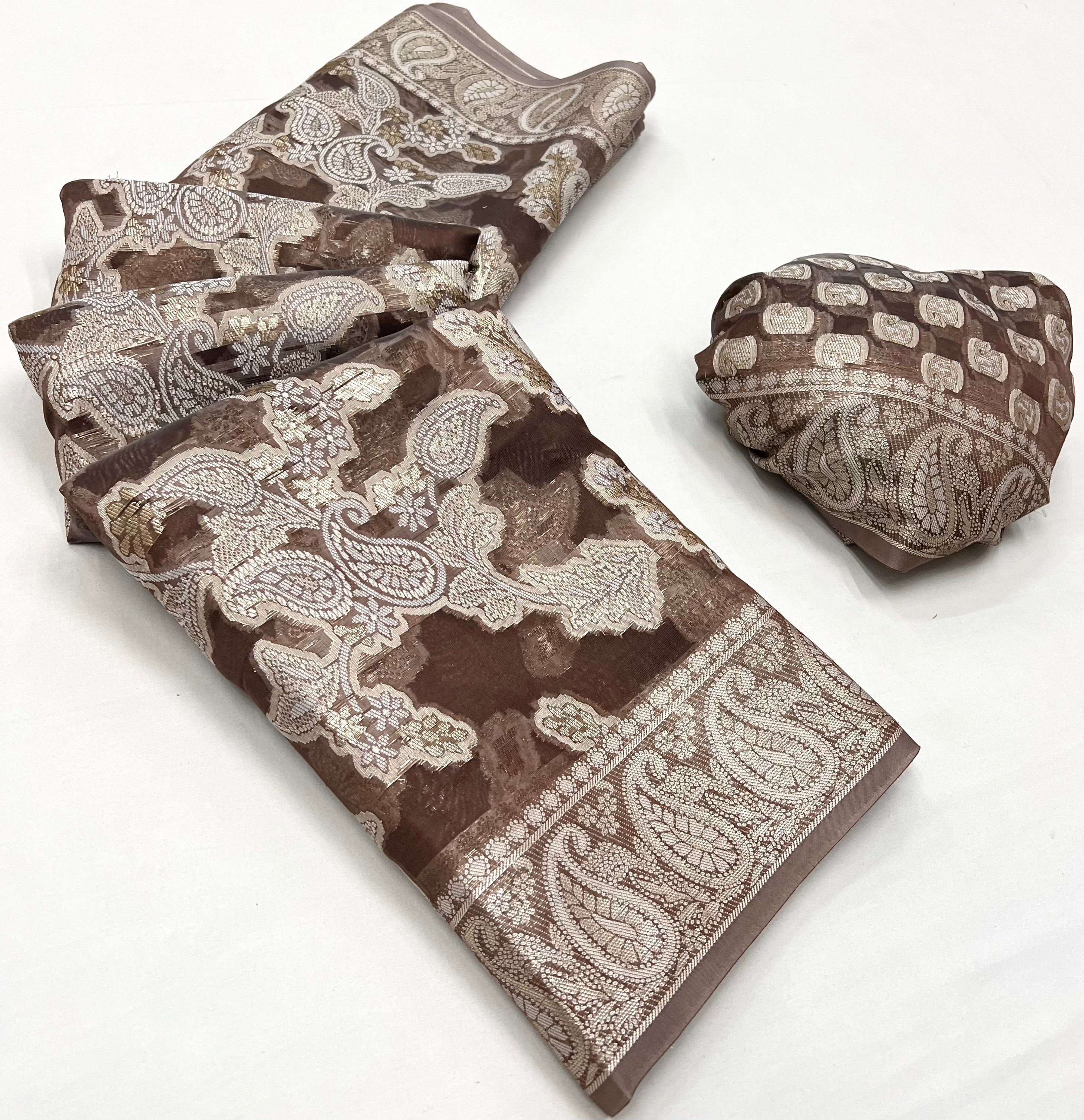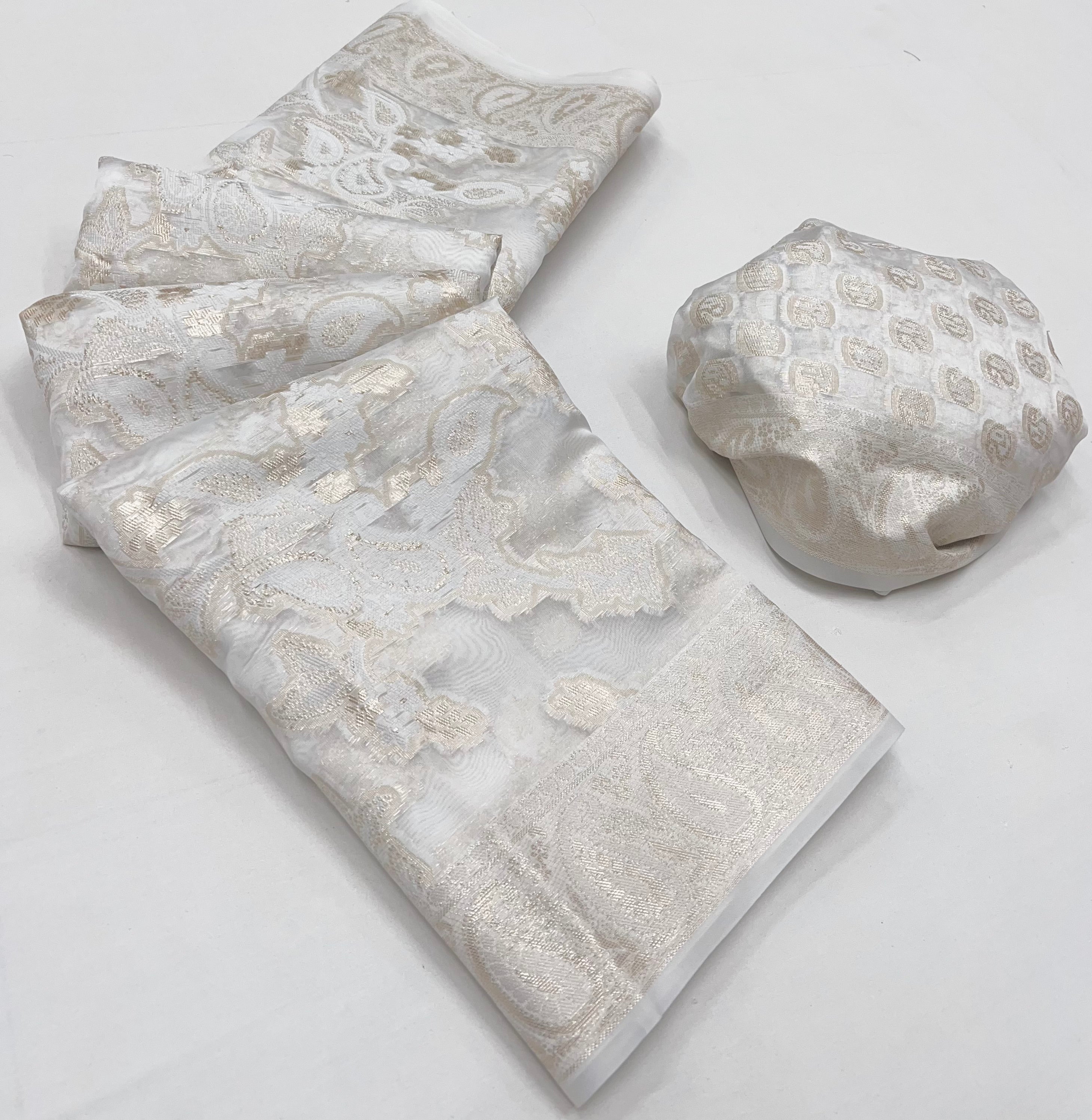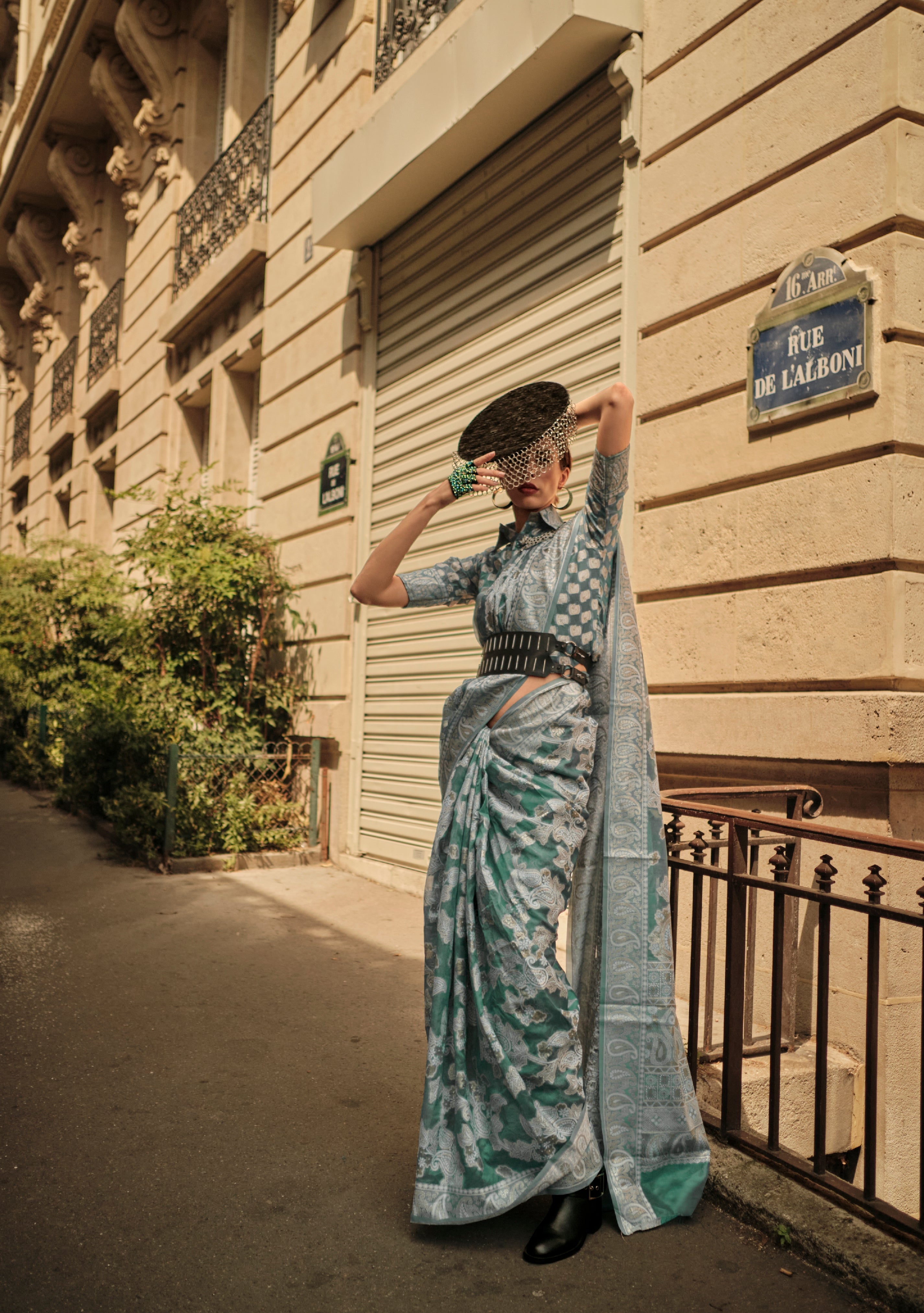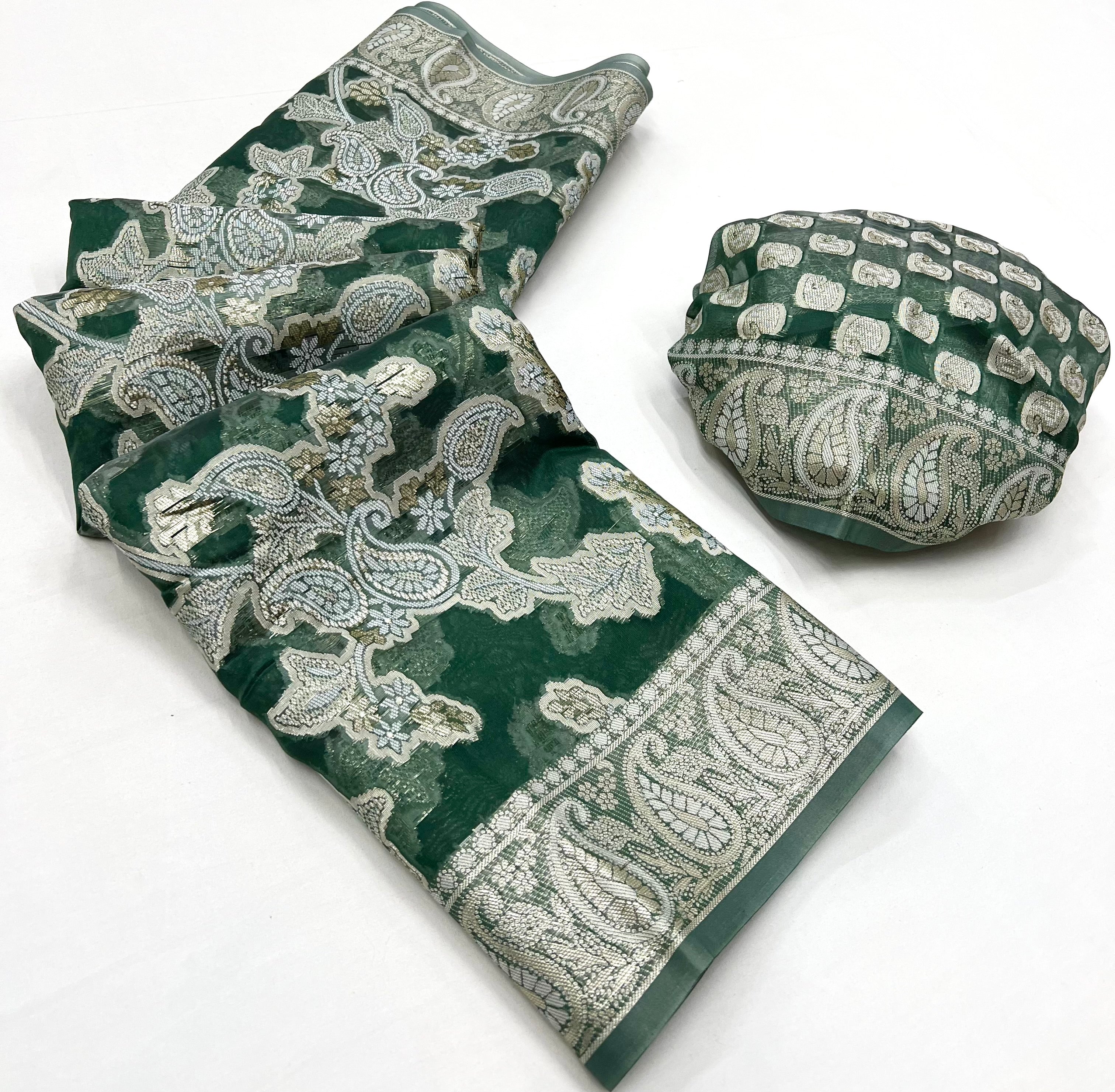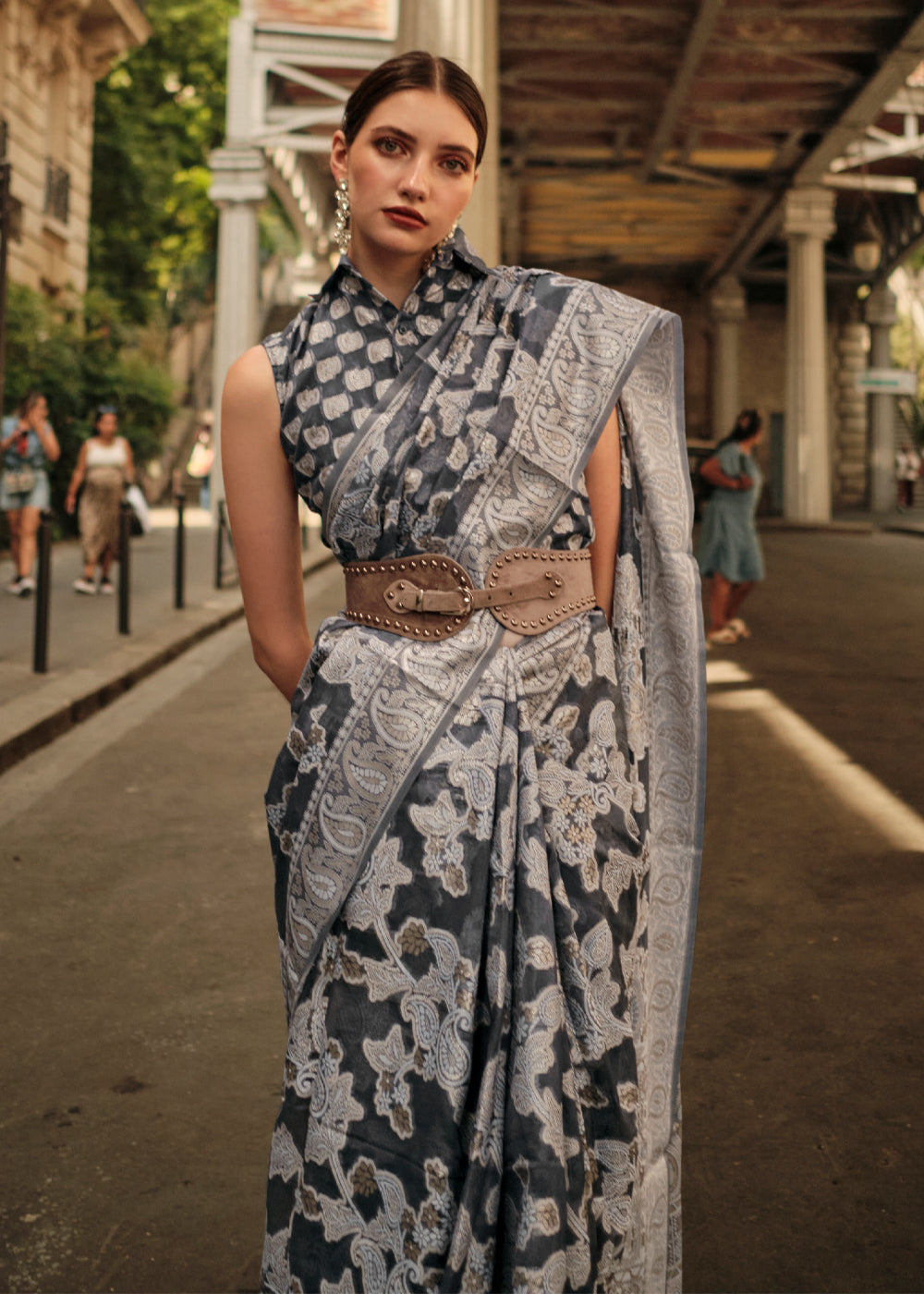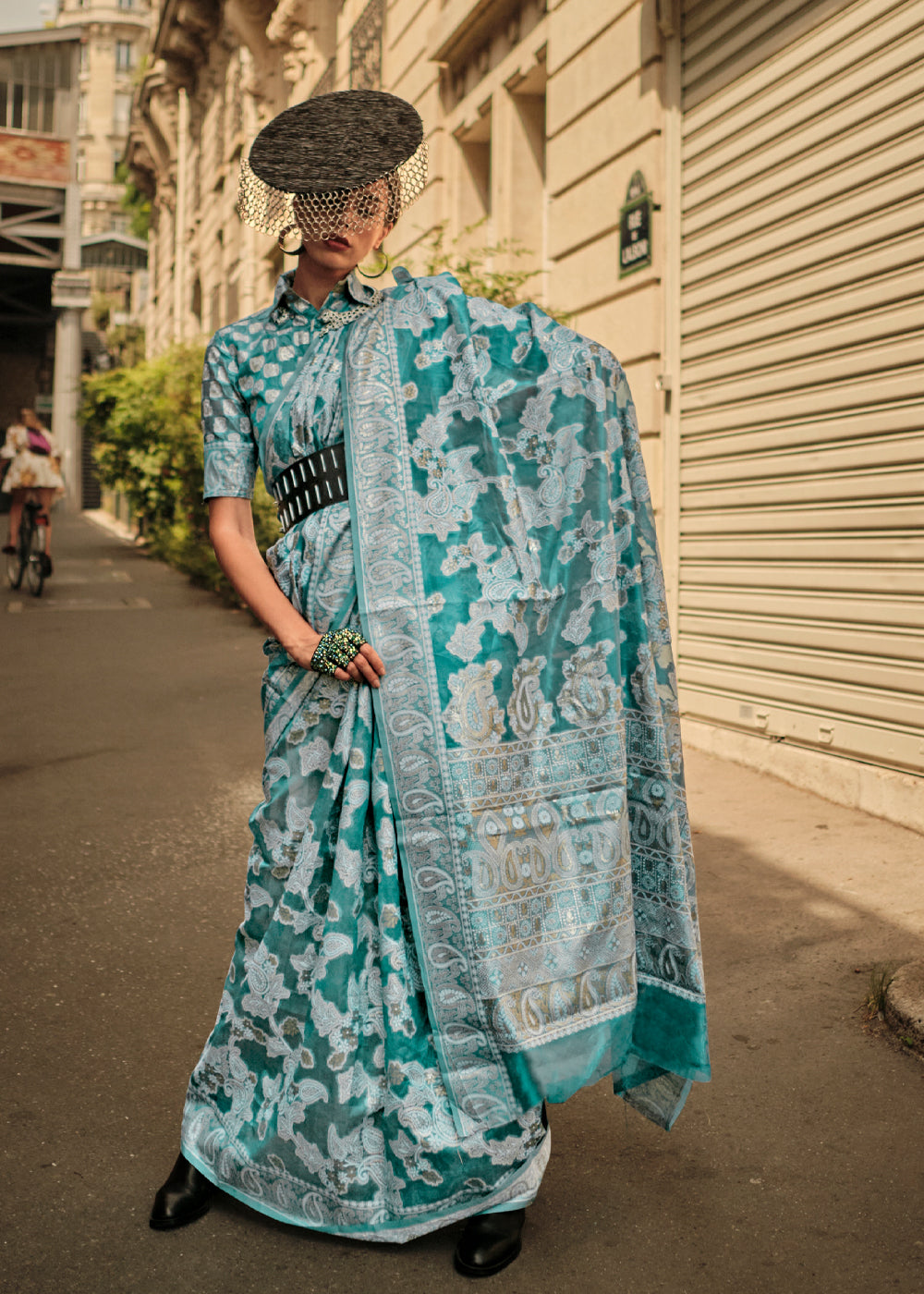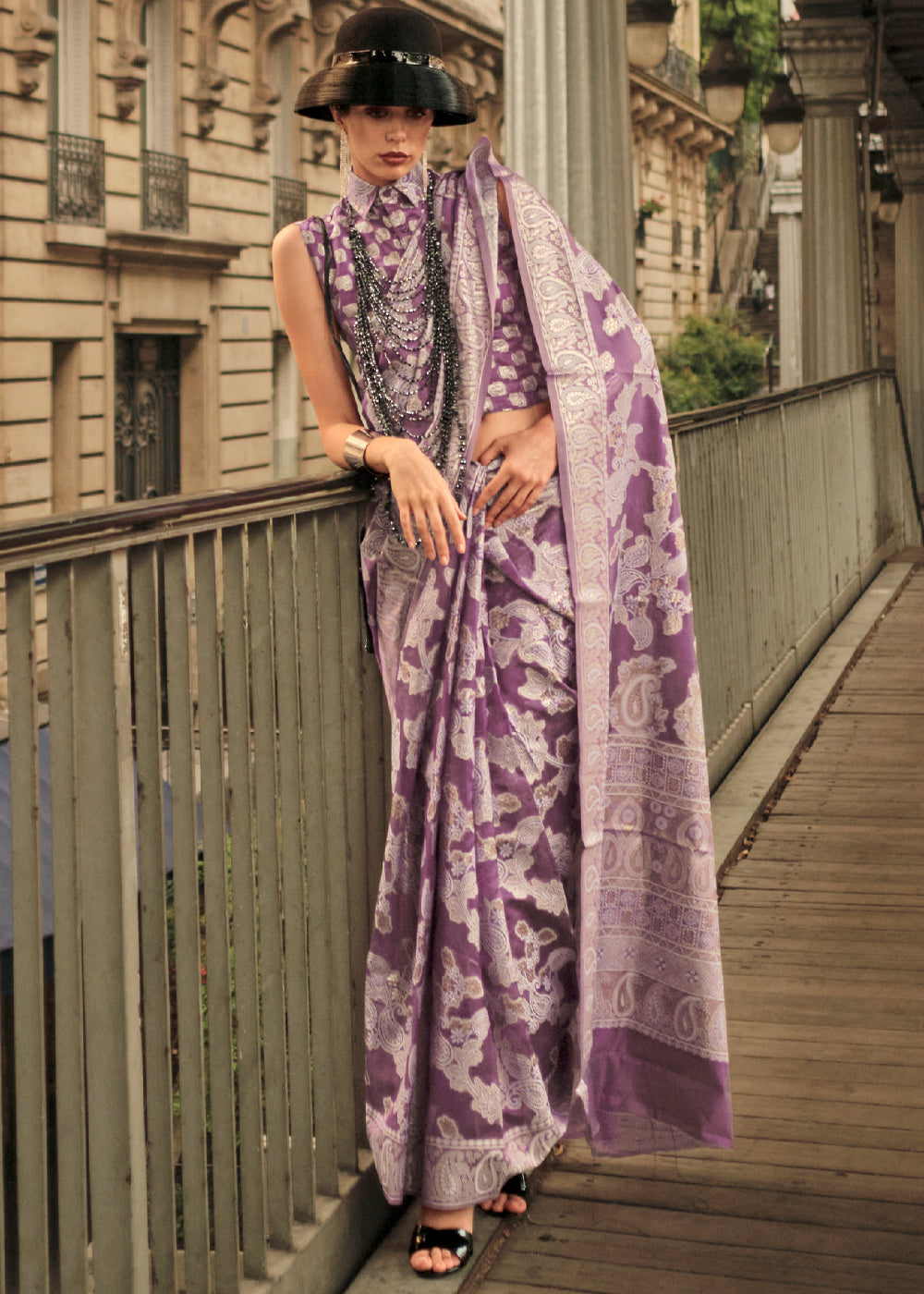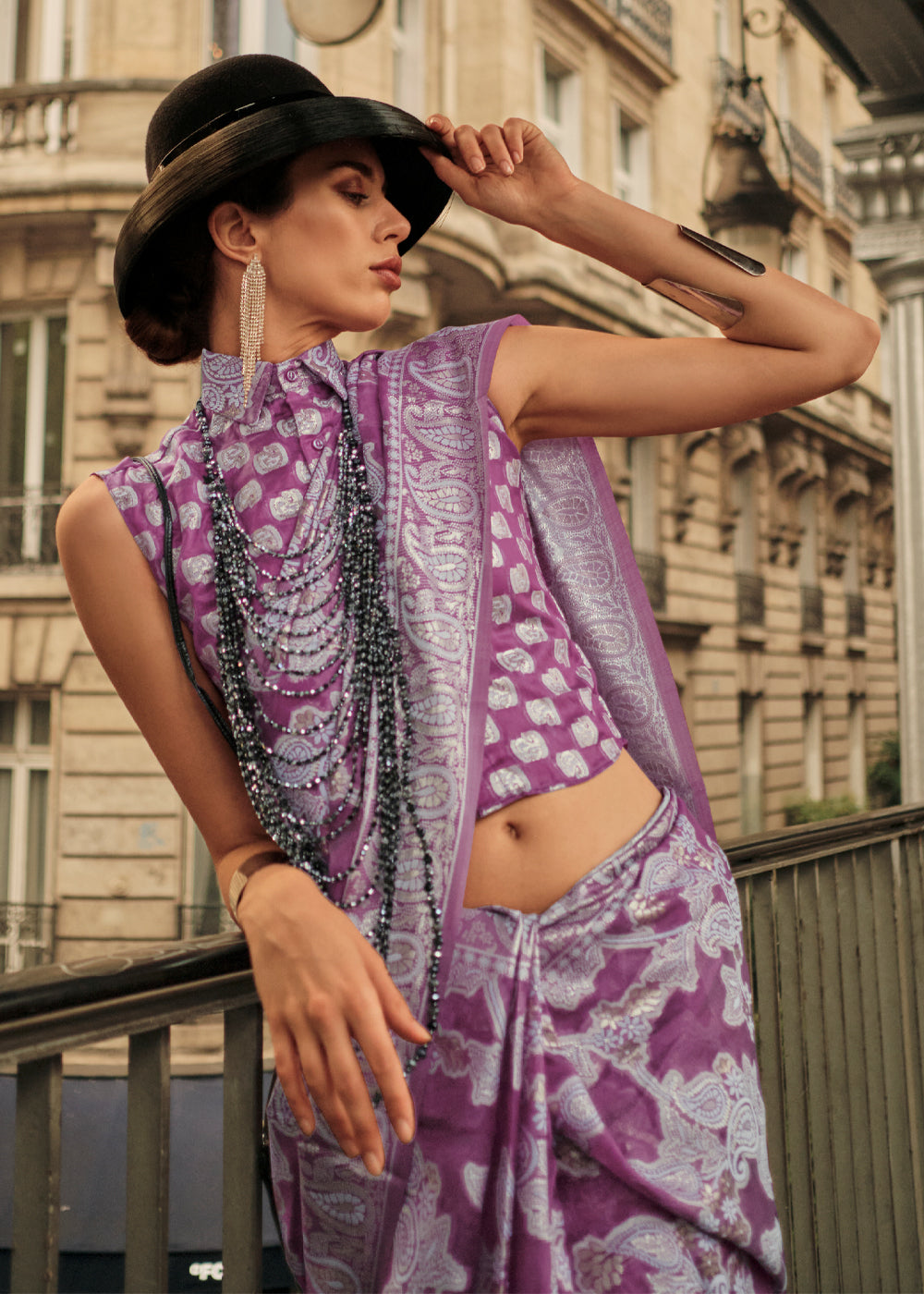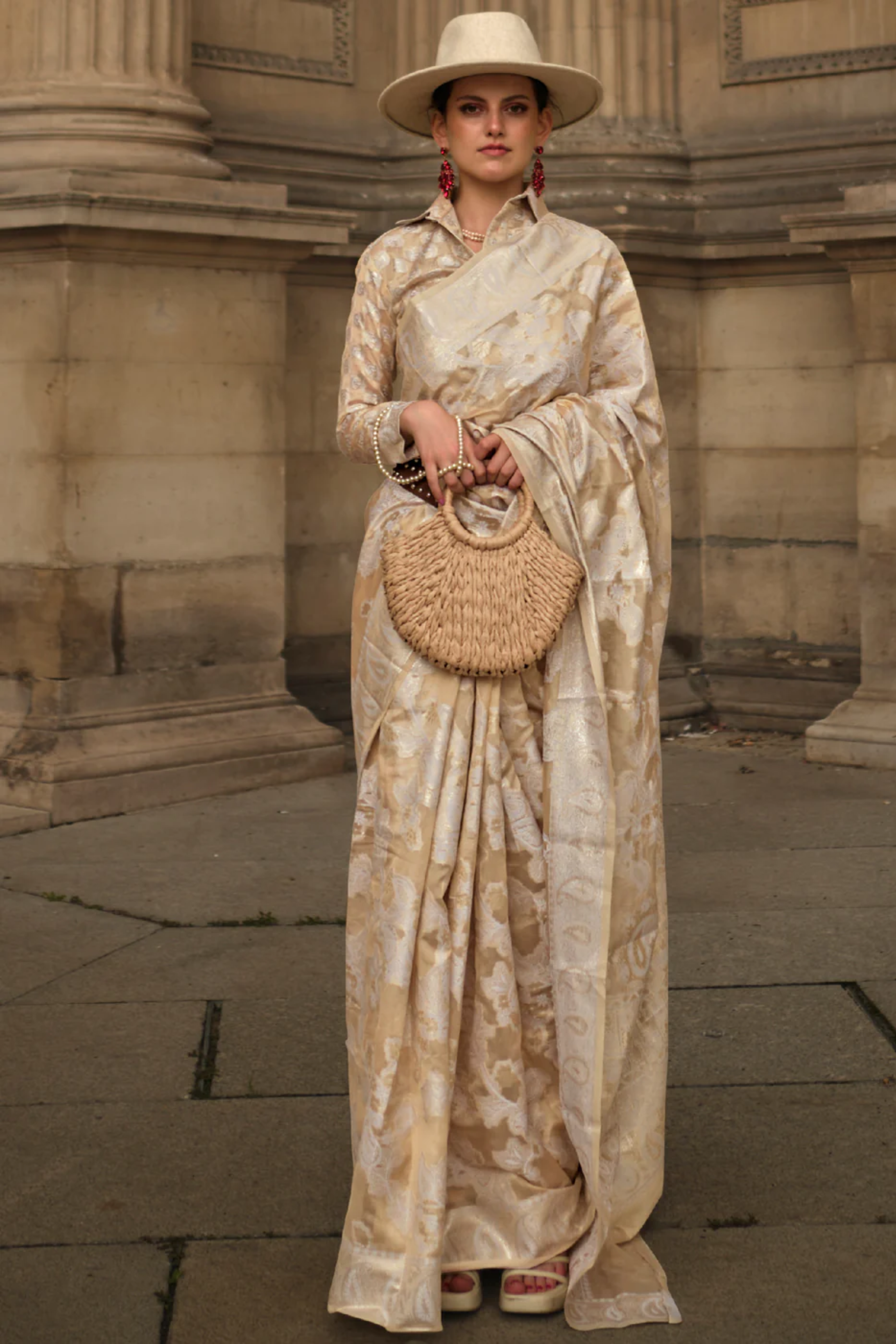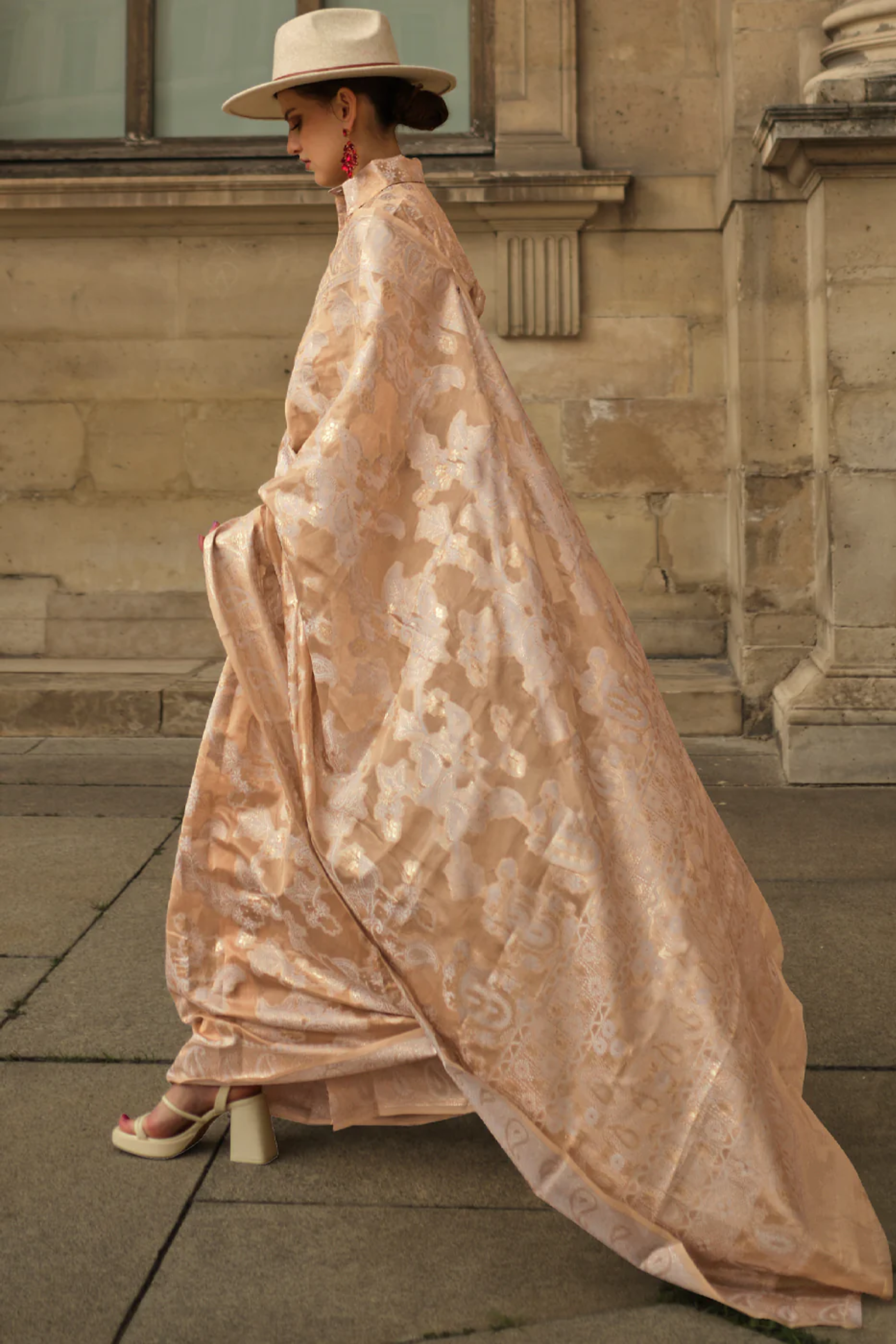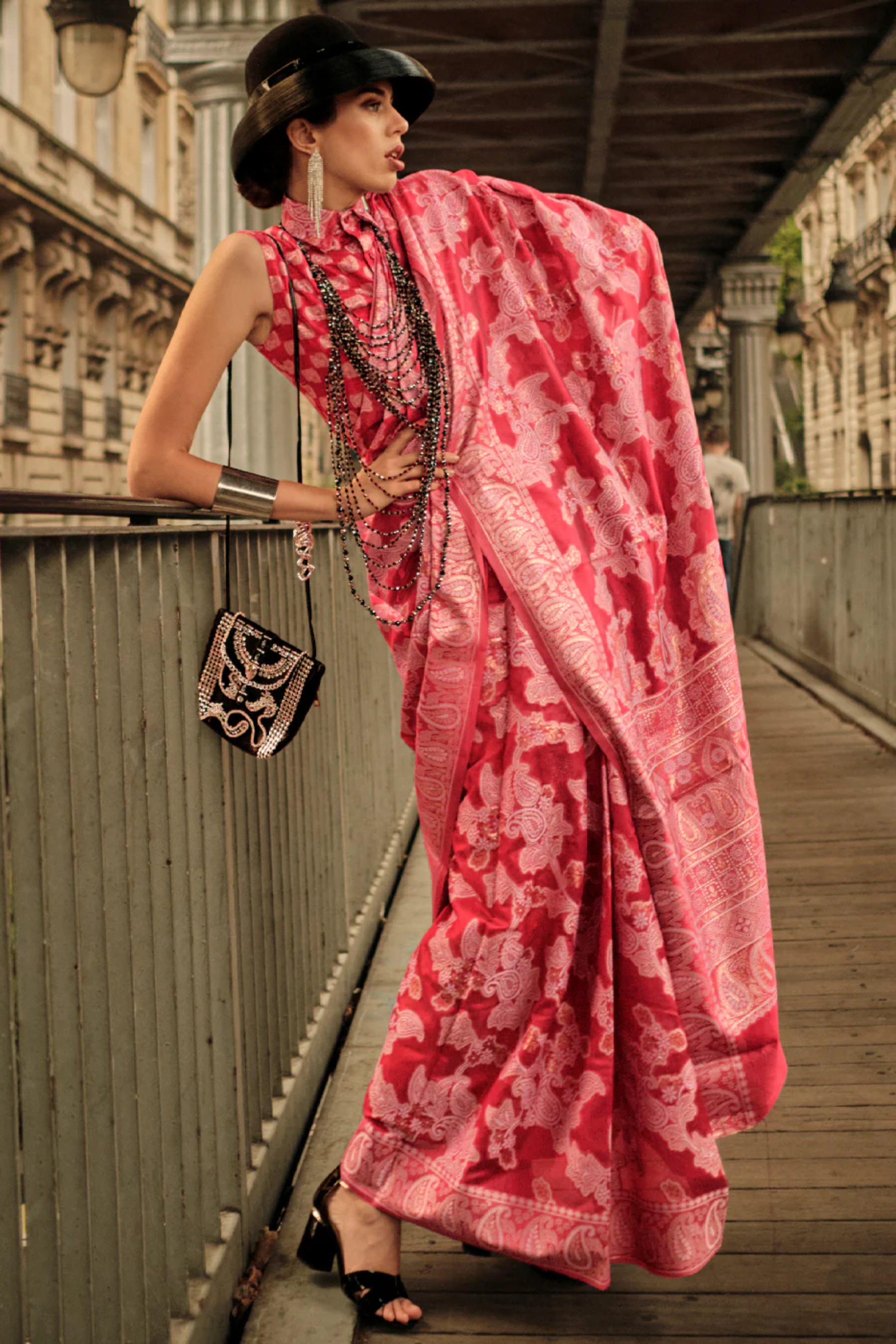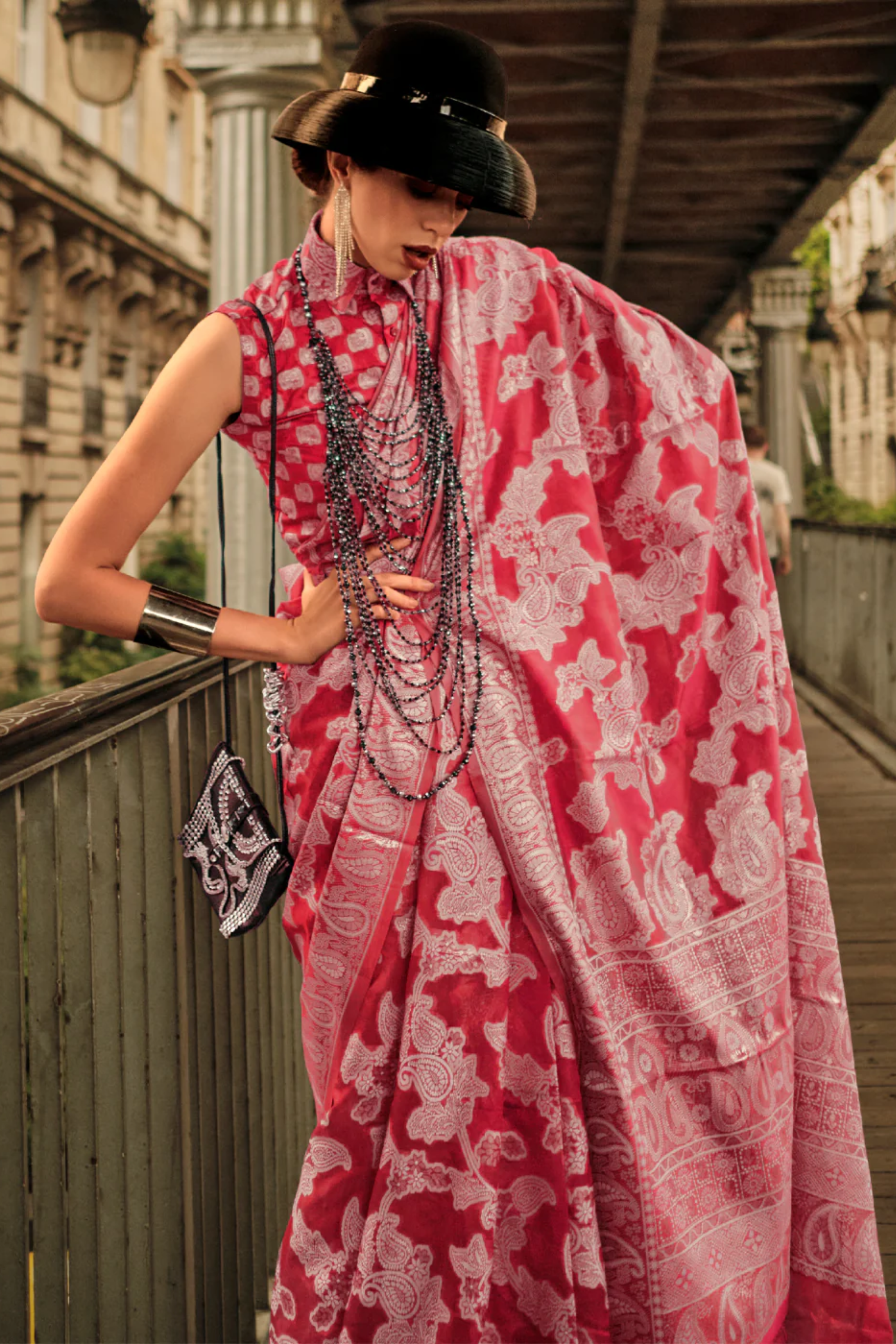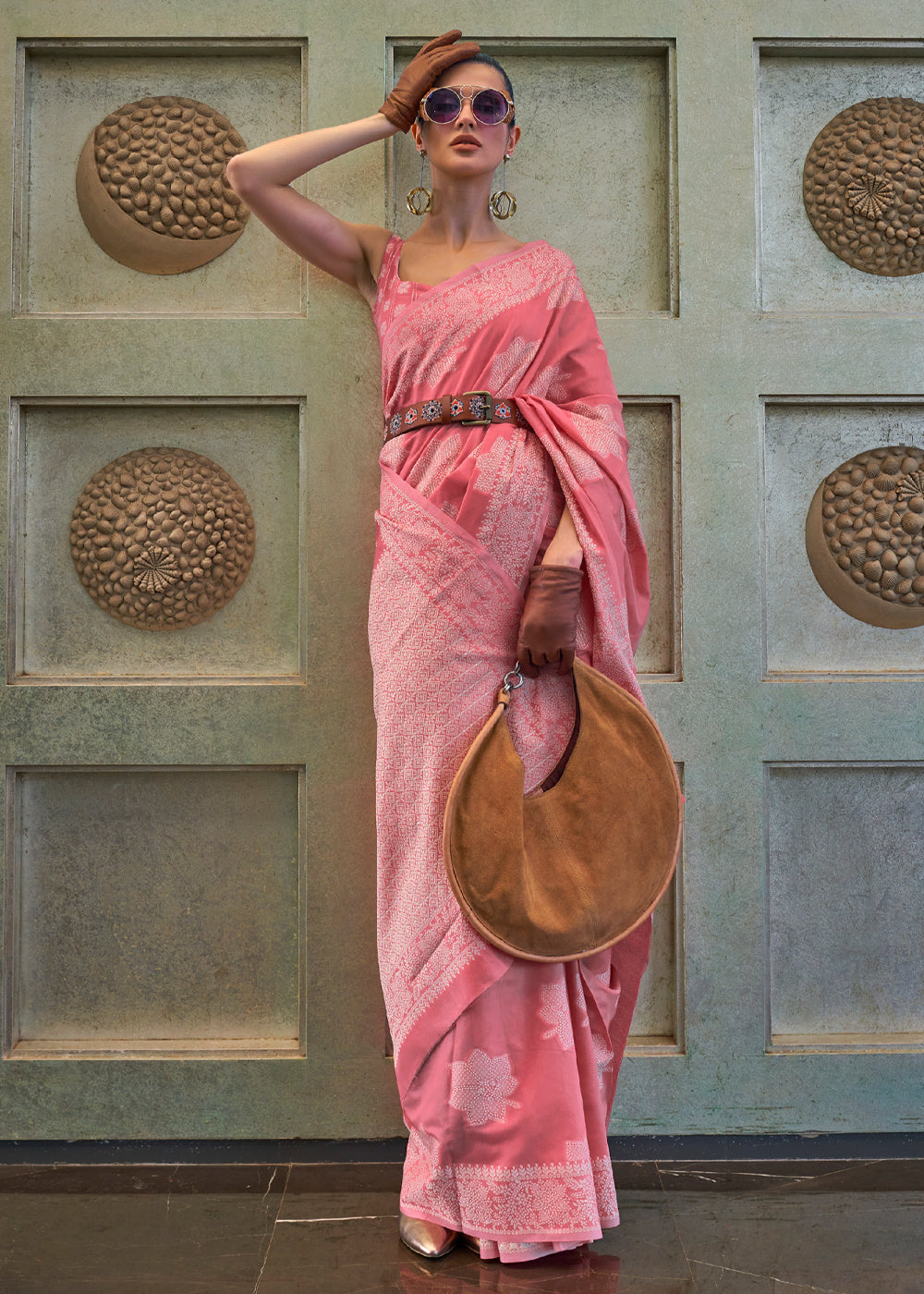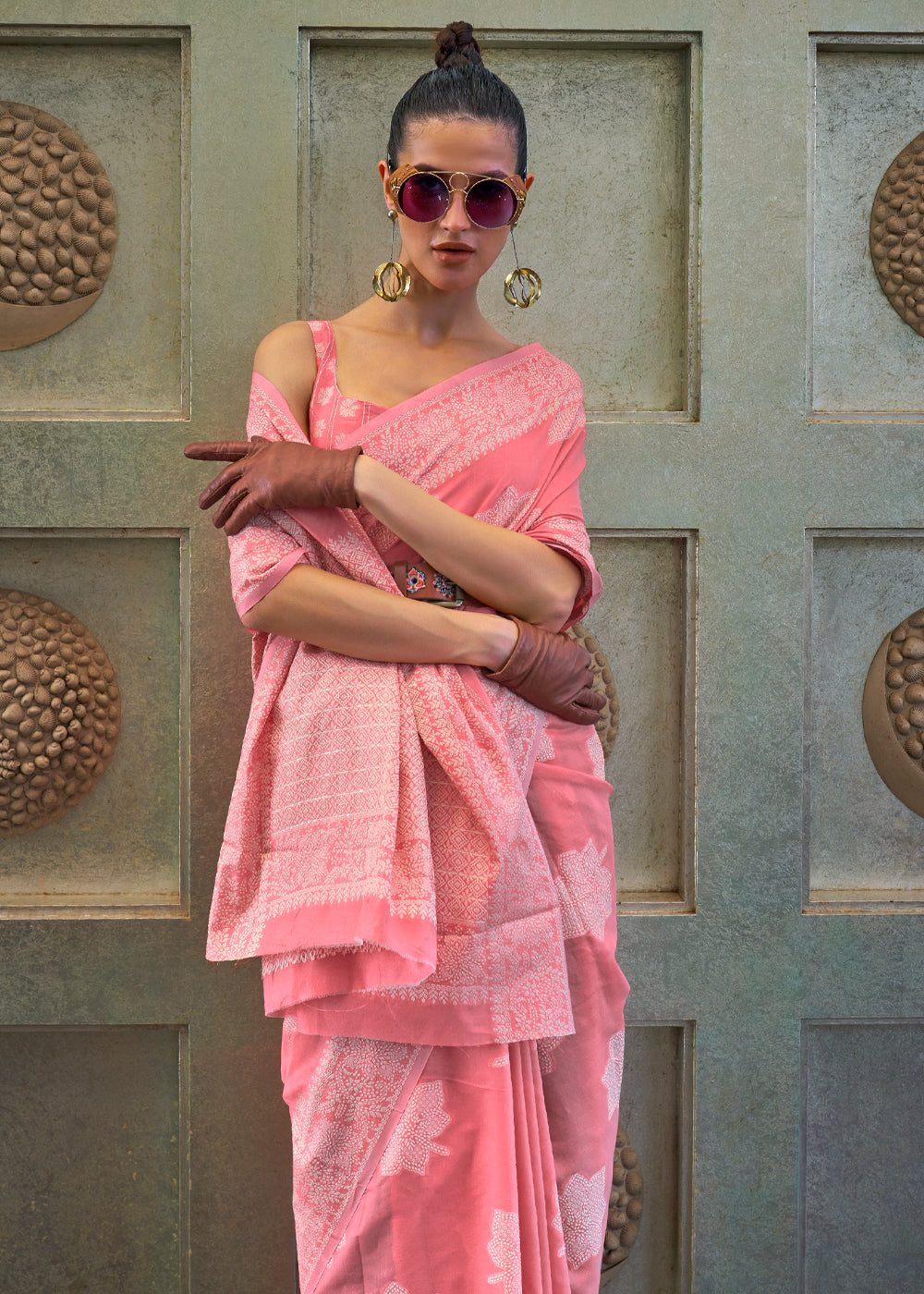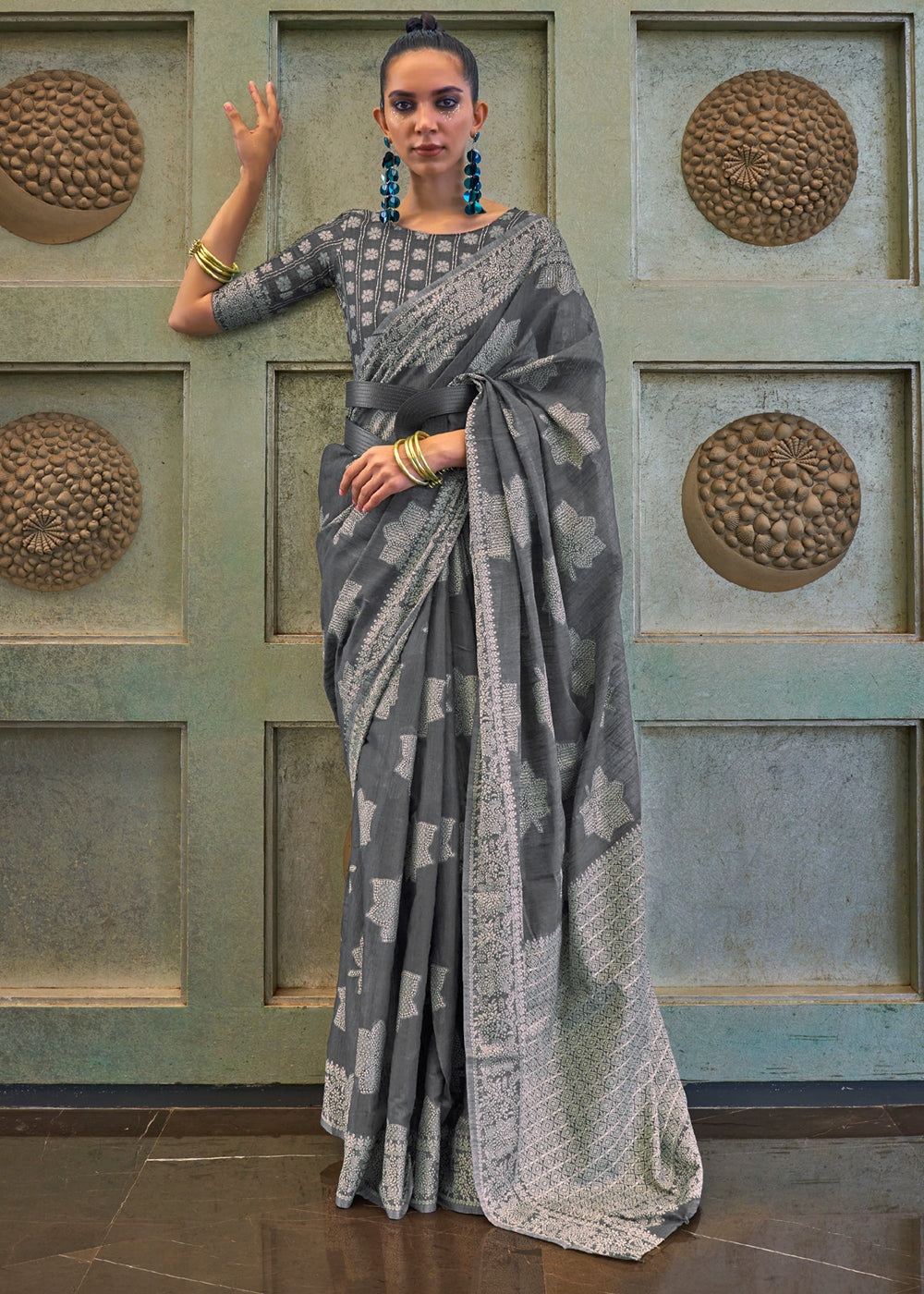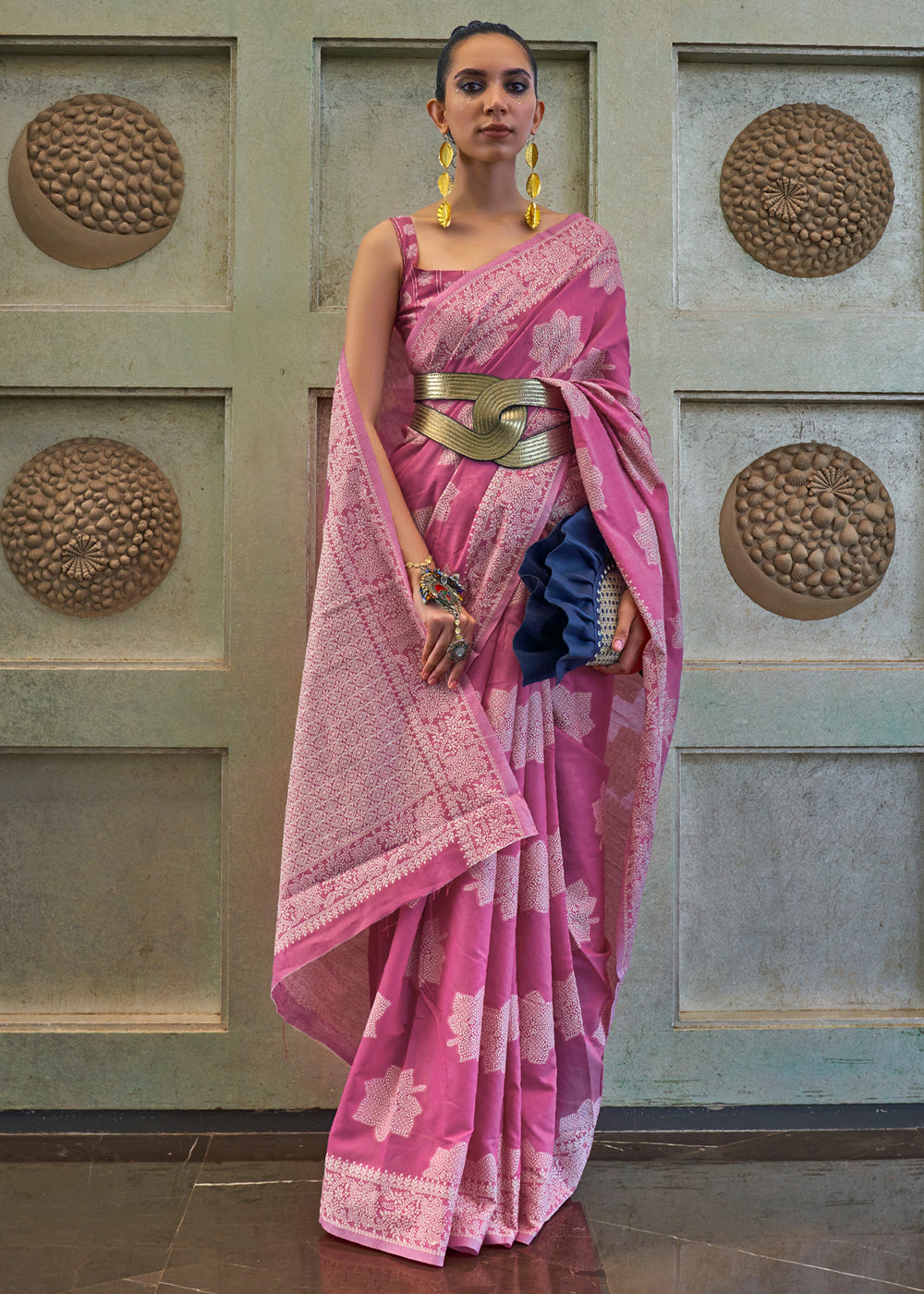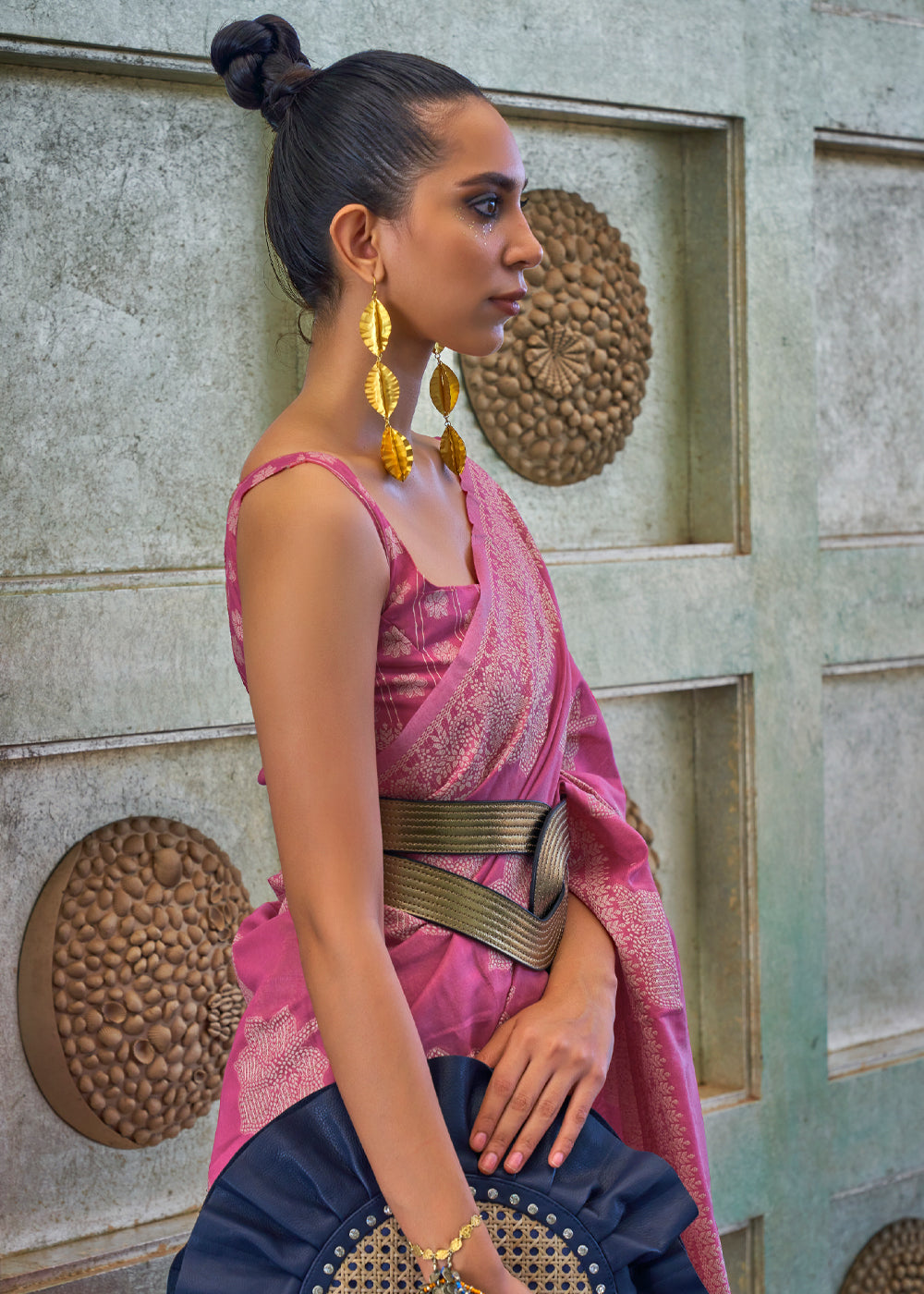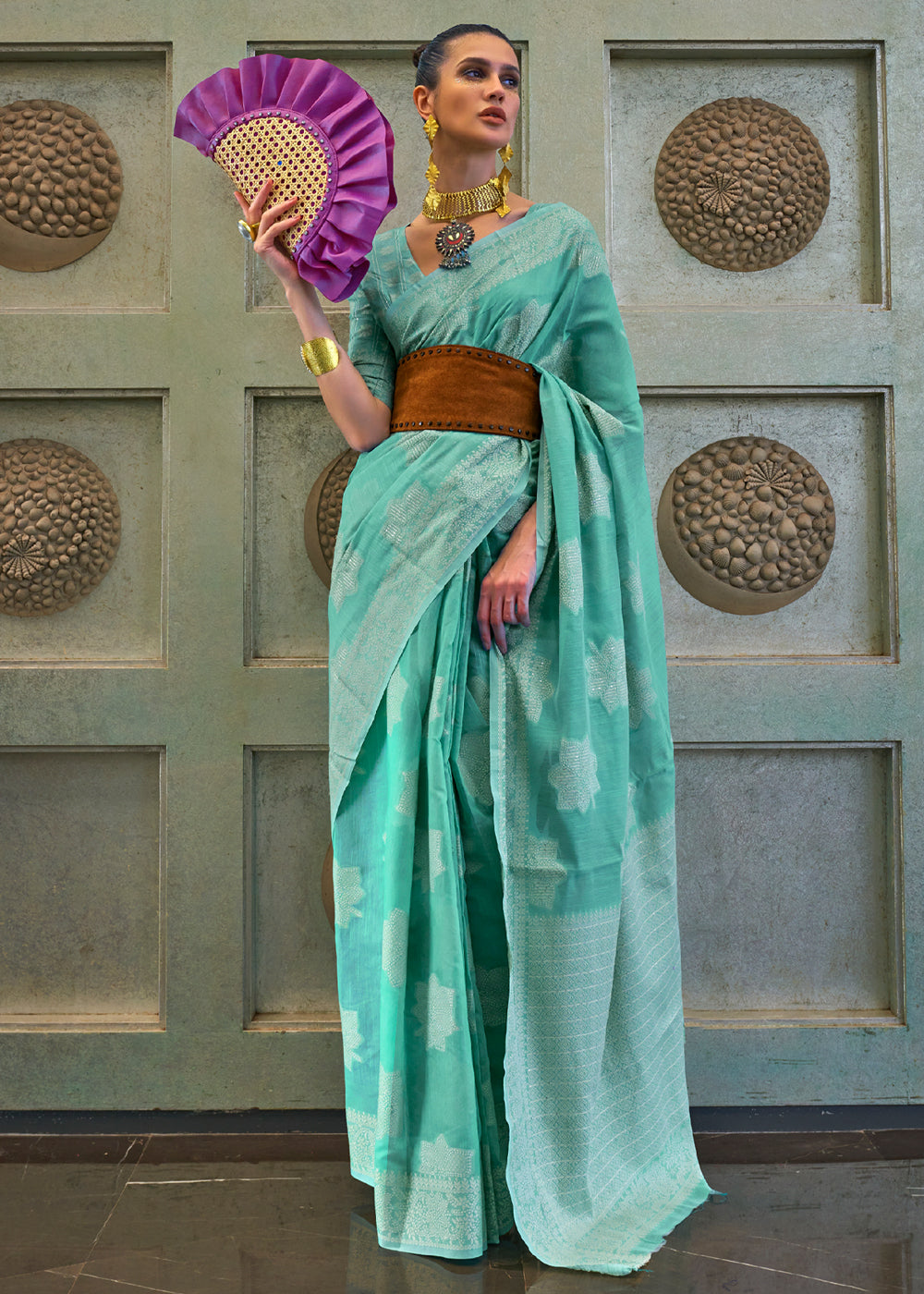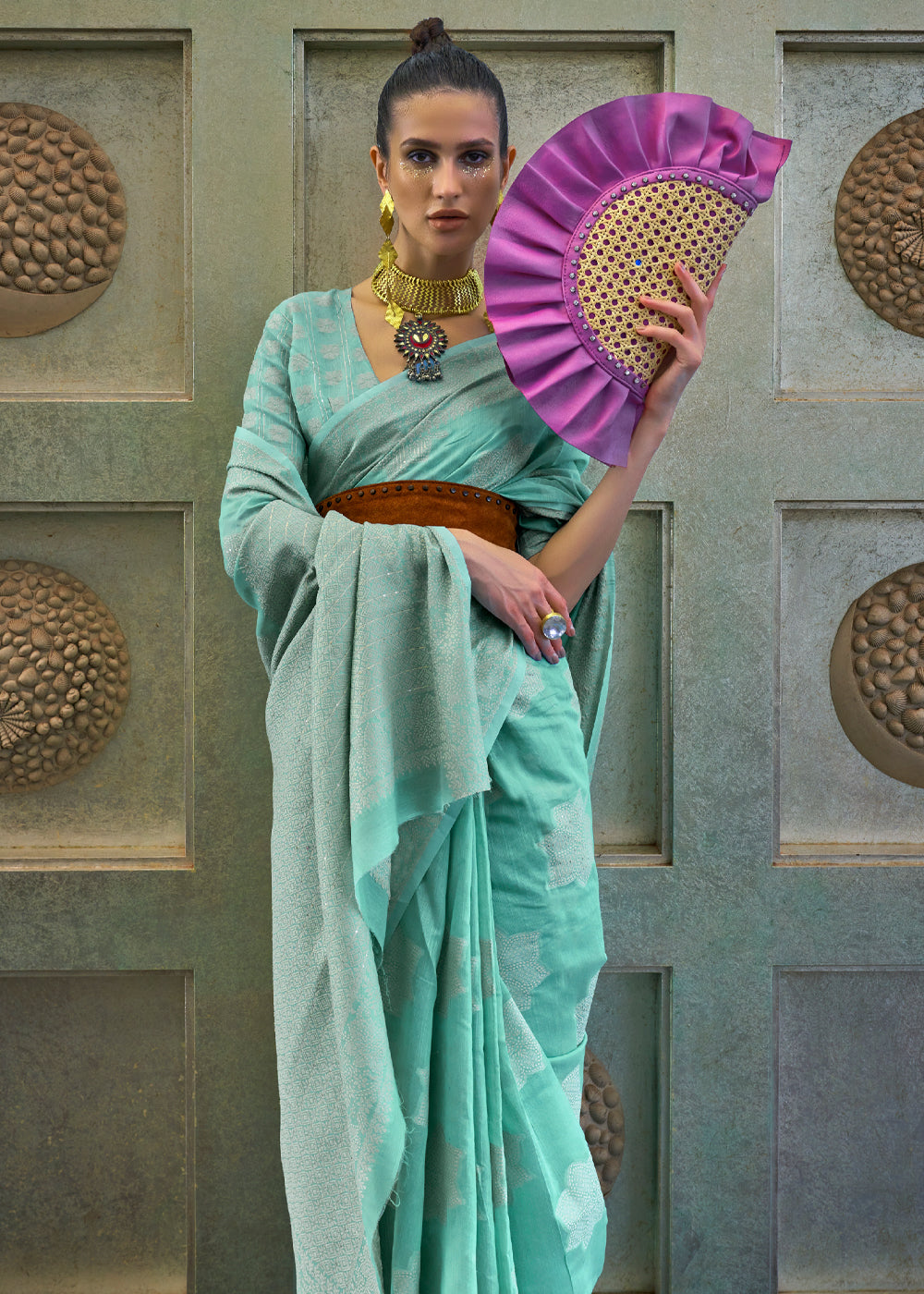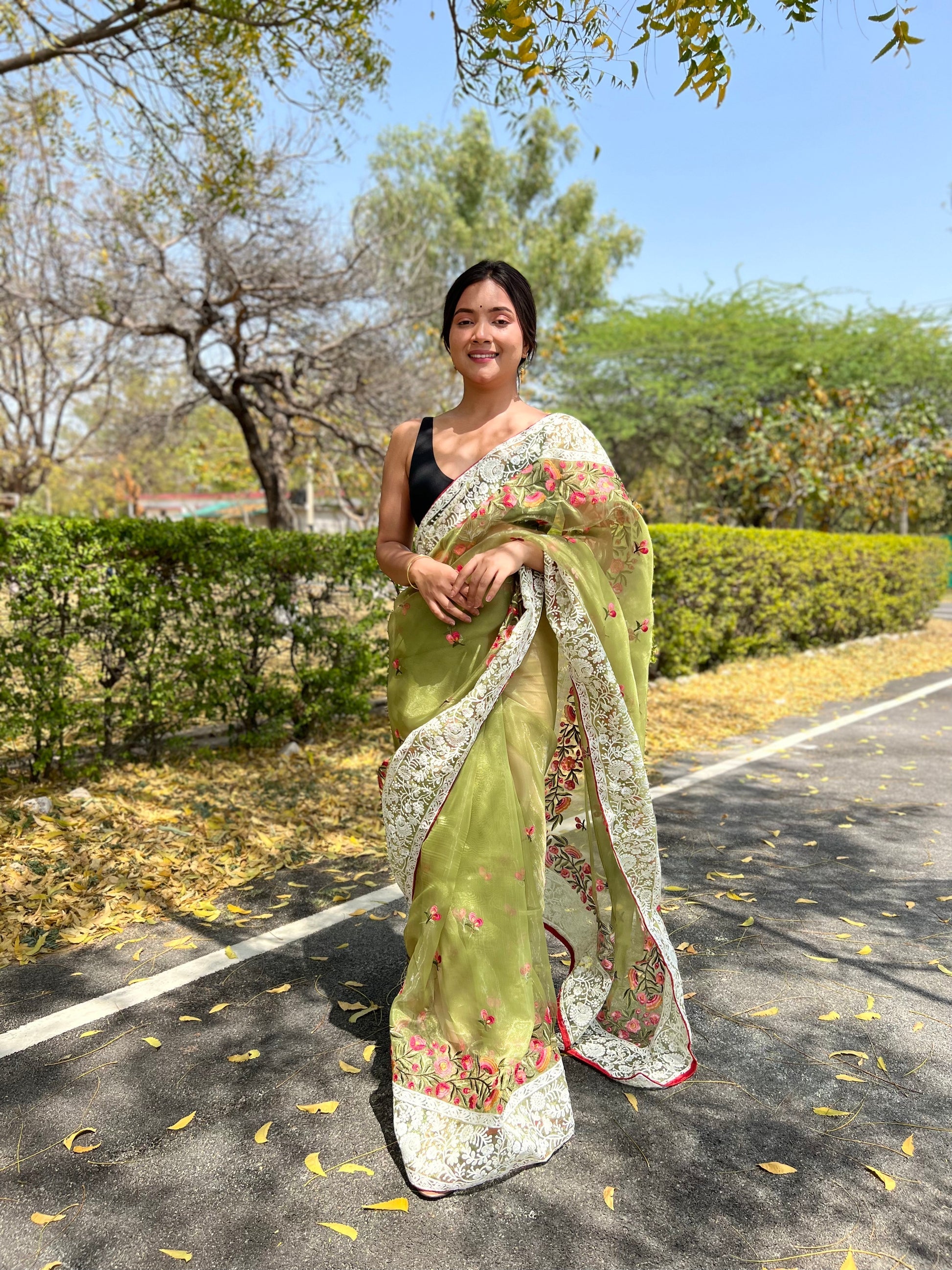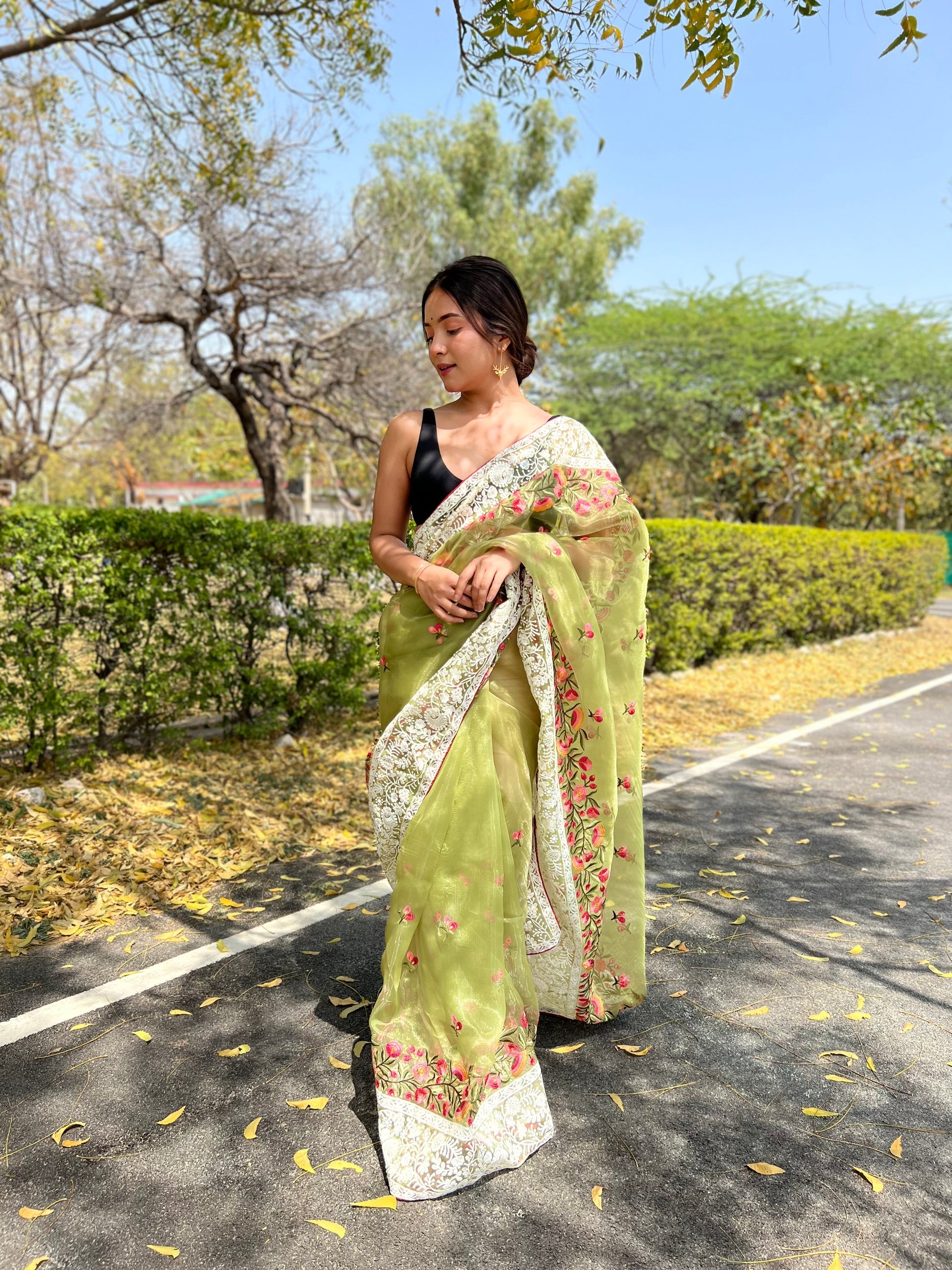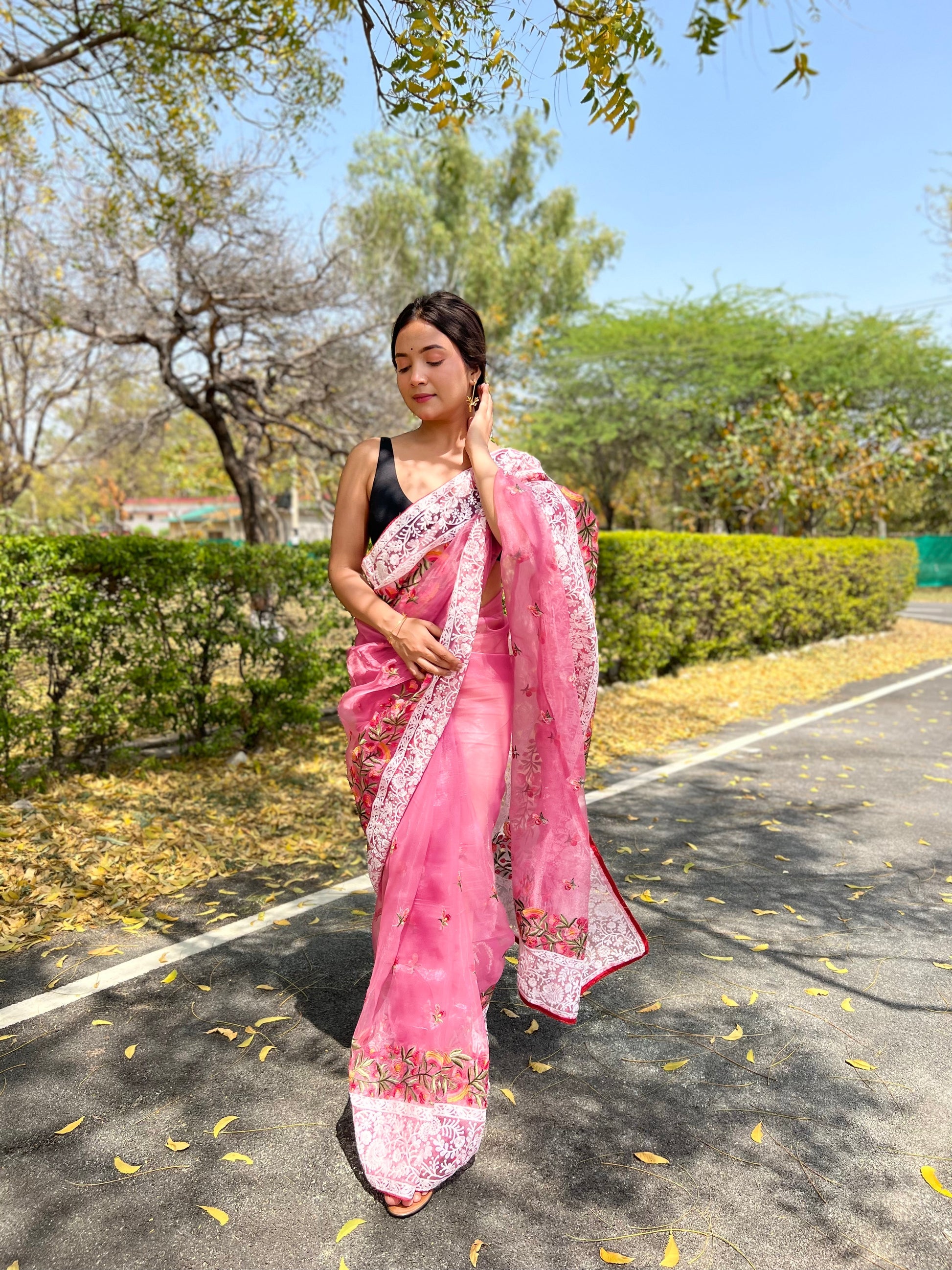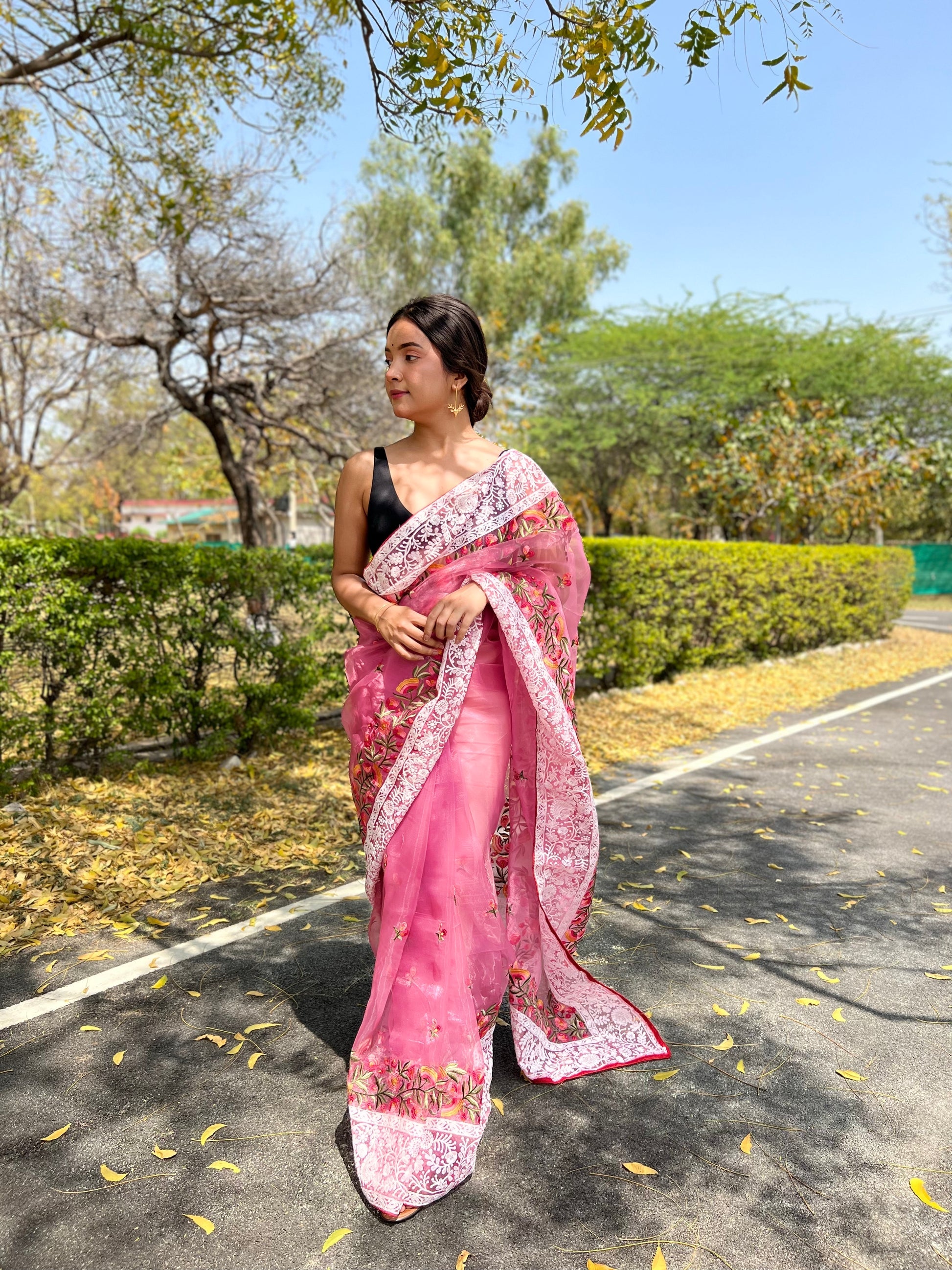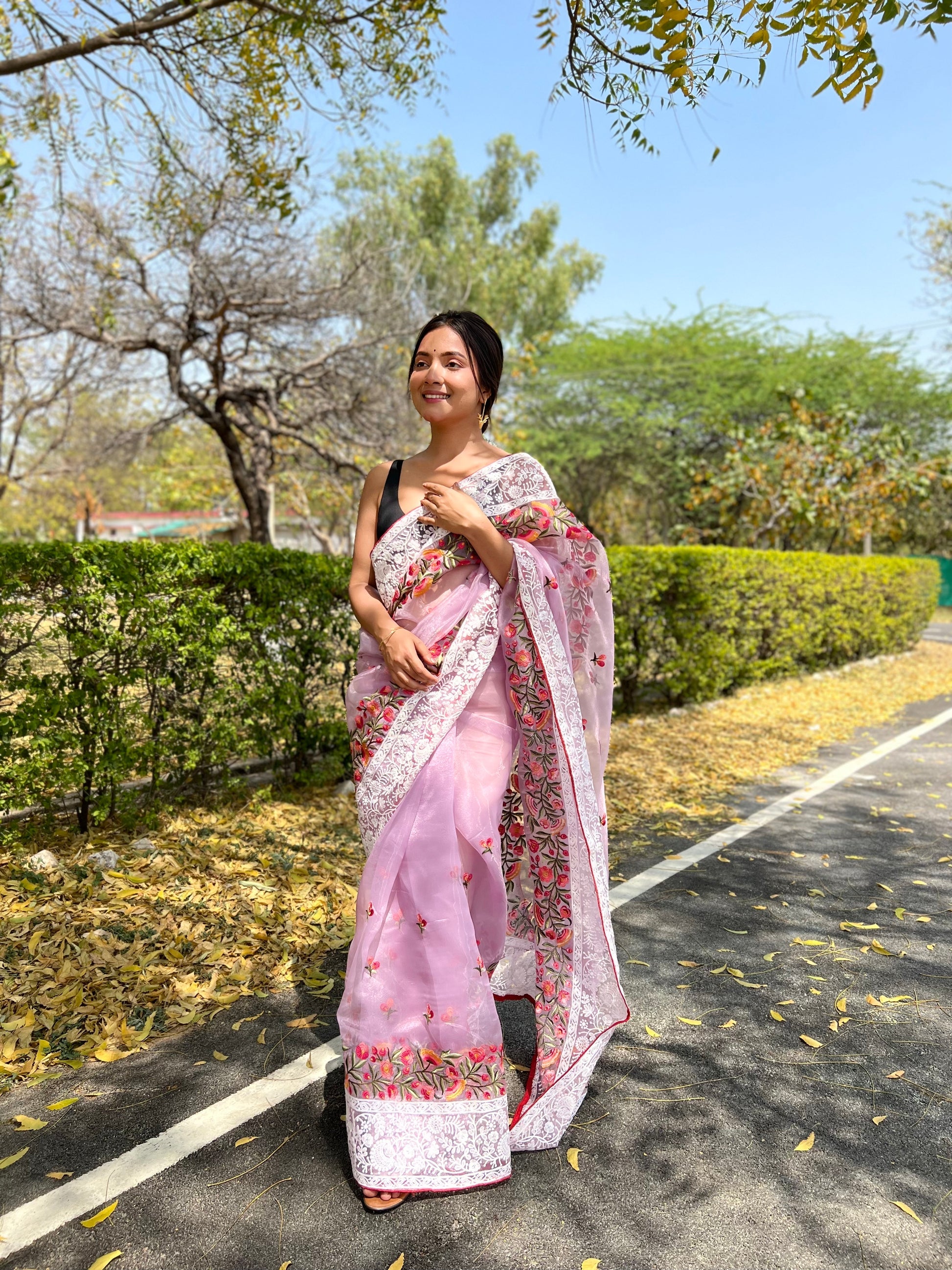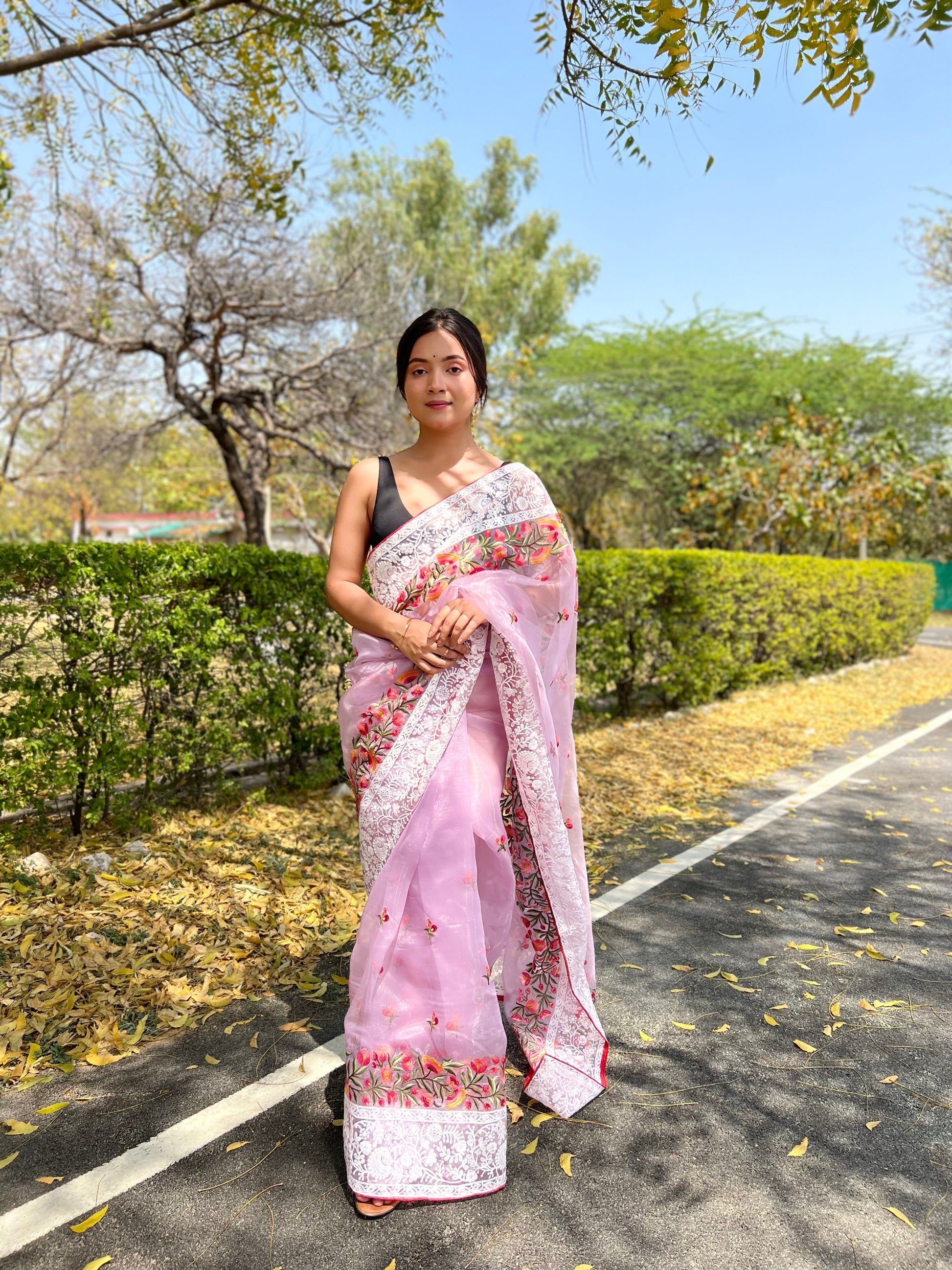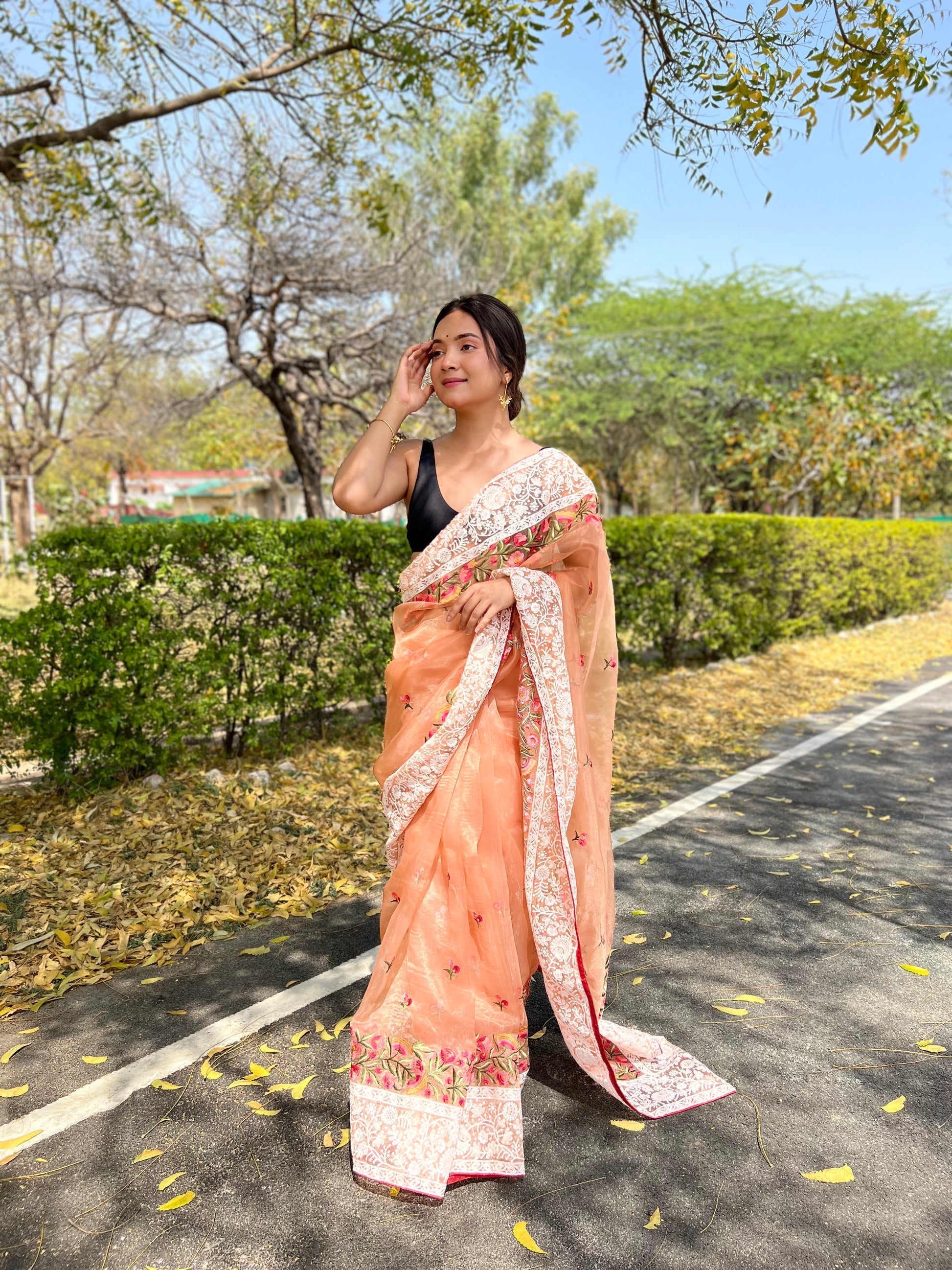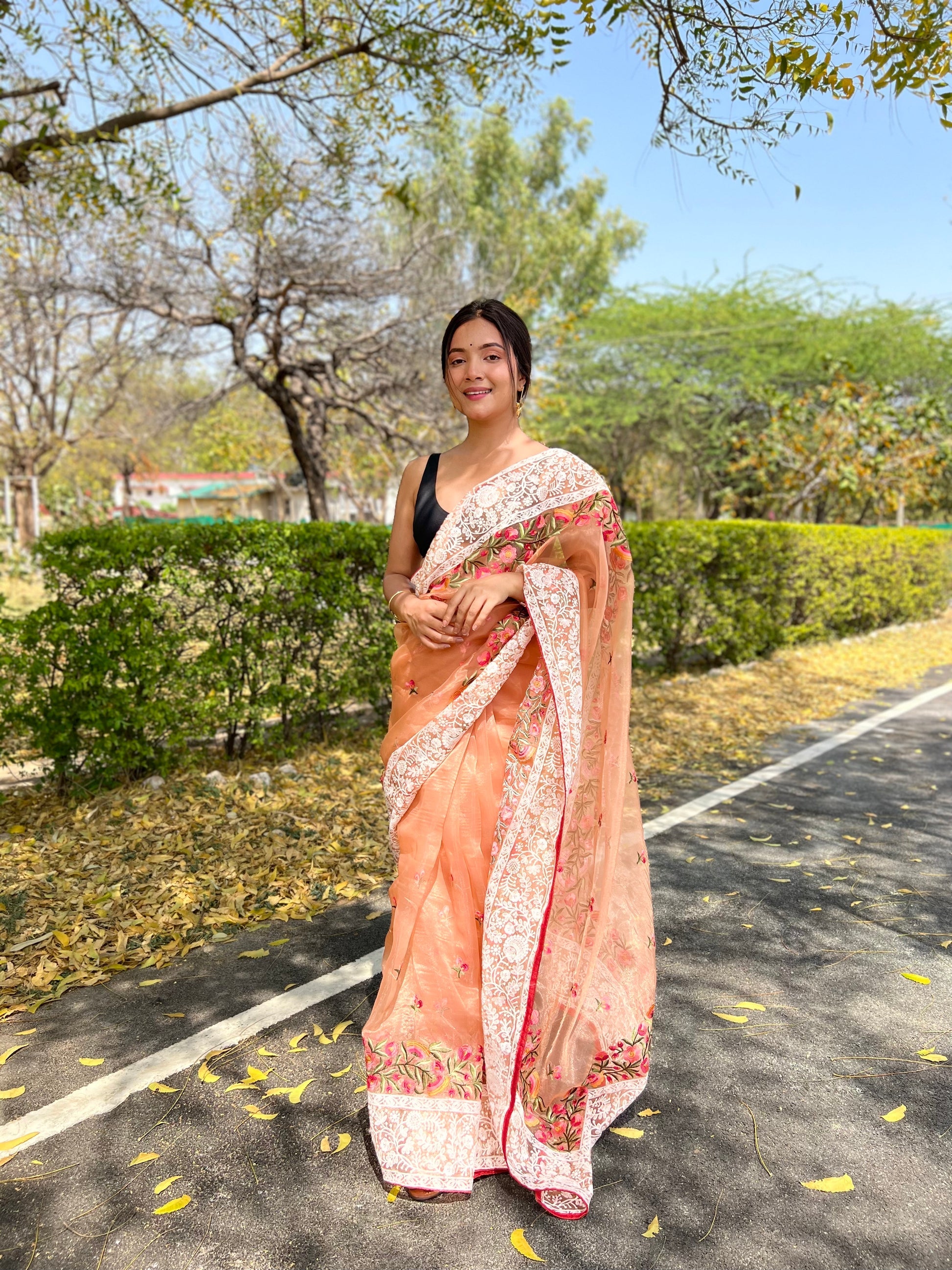Chikankari Sarees
Sort by
31 products
Frost White Embroidery Chikankari Patola Handloom Saree
Charlotte Blue Embroidery Chikankari Patola Handloom Saree
Calico Yellow Embroidery Chikankari Patola Handloom Saree
Chestnut Rose Pink Embroidery Chikankari Patola Handloom Saree
Cultured Pearl White Embroidery Chikankari Patola Handloom Saree
Chardonnay Cream Embroidery Chikankari Patola Handloom Saree
Jordy Greyish Embroidery Chikankari Patola Handloom Saree
Waterloo Blue Woven Lucknowi Chikankari Saree
Roman Coffee Brown Woven Lucknowi Chikankari Saree
Citrine Off White Woven Lucknowi Chikankari Saree
Cascade Green Woven Lucknowi Chikankari Saree
Spun Pearl Grey Woven Lucknowi Chikankari Saree
Pewter Blue Woven Lucknowi Chikankari Saree
Sugar Plum Purple Woven Lucknowi Chikankari Saree
Sorrell Cream Woven Lucknowi Chikankari Saree
Rose Pink Woven Lucknowi Chikankari Saree
Tulip Pink Lucknowi Woven Chikankari Saree
Sparrow Grey Lucknowi Woven Chikankari Saree
Lily Purple Lucknowi Woven Chikankari Saree
Sinbad Blue Lucknowi Woven Chikankari Saree
Willow Green Lucknowi Chikankari Organza Silk Saree
Baby Pink Lucknowi Chikankari Organza Silk Saree
Flare Purple Lucknowi Chikankari Organza Silk Saree
Peach Lucknowi Chikankari Organza Silk Saree
Discover the timeless elegance of Chikankari sarees with MySilkLove. Our collection offers exquisite handcrafted designs, bringing you the finest embroidery and luxurious fabrics. Browse through our online store to find the perfect Chikankari saree that suits your style and occasion.
History of Chikankari Silk Sarees
Chikankari embroidery dates back to the Mughal era, with its origins tracing to the courts of Emperor Jahangir. Traditionally done on muslin and cotton, Chikankari has evolved to include silk, adding a rich and regal touch to the artistry. Today, Chikankari silk sarees are known for their delicate hand-embroidered motifs, making them a blend of heritage and luxury.
Types of Fabric Options in Chikankari Sarees
-
Georgette
Lightweight, flowy, and perfect for formal occasions.
-
Silk
Rich and elegant, suitable for weddings and festivities.
-
Cotton
Breathable and comfortable for daily wear.
-
Chiffon
Soft and sheer, offering a graceful drape.
-
Organza
Crisp and structured, adding sophistication.
Types of Weaving Techniques in Chikankari Sarees
-
Tepchi
A simple running stitch forming floral patterns.
-
Bakhiya
Shadow work where embroidery is done on the back of the fabric.
-
Phanda
Small, knot-like stitches creating raised textures.
-
Jaali
A lace-like openwork that enhances the intricacy.
-
Murri
Rice-shaped stitches adding a three-dimensional effect.
How to Identify Genuine Chikankari Sarees?
-
Look for hand-embroidered stitches with slight irregularities.
-
Feel the texture – authentic Chikankari has a soft, handcrafted touch.
-
Check the reverse side; genuine work will show shadow patterns.
-
Purchase from reputable sellers like MySilkLove to ensure authenticity.
Why Choose MySilkLove Chikankari Sarees?
-
Authentic hand-embroidered designs.
-
Premium quality fabrics.
-
Exclusive patterns with traditional and modern influences.
-
Trusted customer service and seamless online shopping experience.
-
Hassle-free returns and exchanges.
FAQs
1. What makes Chikankari saree special?
The intricate hand embroidery and rich heritage make each piece unique and luxurious.
2. How do I care for my Chikankari saree?
Dry clean or gentle hand wash in cold water to preserve embroidery.
3. Is Chikankari saree suitable for daily wear?
Yes, especially cotton and georgette variants, which are lightweight and breathable.
4. Does Chikankari saree require a fall and pico before wearing?
Yes, especially for lighter fabrics like chiffon and georgette to ensure a better drape.
5. What are the best blouse designs for Chikankari saree?
Opt for contrast or embroidered blouses for an elegant look.
6. Do MySilkLove Chikankari sarees come with a blouse piece?
Yes, our sarees include a matching or complementary blouse piece.
7. How long does a Chikankari saree last with proper care?
With proper maintenance, it can last for years while retaining its beauty.
8. Can I wash my Chikankari saree at home?
Delicate fabrics should be dry-cleaned, but cotton variants can be hand-washed.
9. What is MySilkLove’s return and exchange policy for sarees?
We offer hassle-free returns and exchanges within 3 days the specified period. Check our website for details.
10. How can I verify the authenticity of a MySilkLove Chikankari saree?
Our sarees come with an authenticity certificate and are handcrafted by skilled artisans.
Chikankari Sarees Price List
Explore our other collections
Sarees by weave type
Ajrakh Sarees | Banarasi Bandhani Saree | Banarasi Chiffon Saree | Banarasi Georgette Saree | Banarasi Katan Silk Saree | Banarasi Patola Saree | Banarasi Sarees | Banarasi Tissue Saree | Banarasi Tussar Silk Saree | Bandhani Sarees | Bhagalpuri Saree | Brasso Saree | Chanderi Sarees | Chiffon sarees | Cotton Sarees | Cotton Silk Saree | Crepe Fabric Saree | Designer Saree | Dola Silk Saree | Embroidery Sarees | Floral Saree | Floral Saree | Georgette Saree | Gujarati Saree | Hand Block Printed Sarees | Handloom Cotton Saree | Handloom Sarees | Ikat Sarees | Indo Western Saree | Ivory Banarasi Saree | Jamdani Sarees | Kalamkari Sarees | Kanjivaram Sarees | Kashmiri Sarees | Khaddi Georgette Saree | Khadi Saree | Kota Sarees | Latest Saree Designs | Lehariya Saree | Linen Sarees | Madhubani Sarees | Maharashtrian Saree | Maheshwari Sarees | Mul Mul Cotton Saree | Net Saree | Office Wear Saree | Organza Sarees | Paithani Sarees | Pashmina Sarees | Patola Sarees | Pattu Saree | Printed Sarees | Raw Silk Sarees | Ready To Wear Sarees | Satin Sarees | Sequin Sarees | Shimmer Saree | Silk Sarees | South Silk Sarees | Tissue Sarees | Tussar Sarees
Sarees by color
Beige Saree | Black Banarasi Saree | Black Net Saree | Black Sarees | Black Sequin Saree | Blue Banarasi Saree | Blue Sarees | Brown Banarasi Saree | Brown Sarees | Cream Saree | Cream Sarees | Golden Sarees | Green Banarasi Saree | Green Sarees | Grey Sarees | Lavender Saree | Maroon Sarees | Multicolor sarees | Navy Blue Sarees | Off White Saree | Orange Banarasi Saree | Orange Bandhani Saree | Orange Sarees | Peach Colour Sarees | Pink Banarasi Saree | Pink Sarees | Purple Banarasi Saree | Purple Sarees | Red Banarasi Saree | Red Sarees | Silver Colour Sarees | White Banarasi Saree | White Bridal Saree | White Sarees | Yellow Banarasi Saree | Yellow Sarees
Sarees by occasion
Bride | Cocktail | Engagement | Haldi | Mehendi | Onam Saree | Party Wear Sarees | Reception Sarees | Sangeet | Sarees for Farewell | Summer Sarees | Wedding Edit
Dresses and lehengas
Dresses | Dresses and Salwar suits | Lehenga | Salwar Suit & Dresses
Chikankari Sarees Reviews
MySilkLove Assured
Buy with confidence
Direct from Manufacturers
No middlemen involved
Satisfied or refunded
Amount is refunded if you don't like the product.
Good quality fabric
Perfect finish, stain free products
Sustainable
Ethical manufacturing, fair wages for labours.

